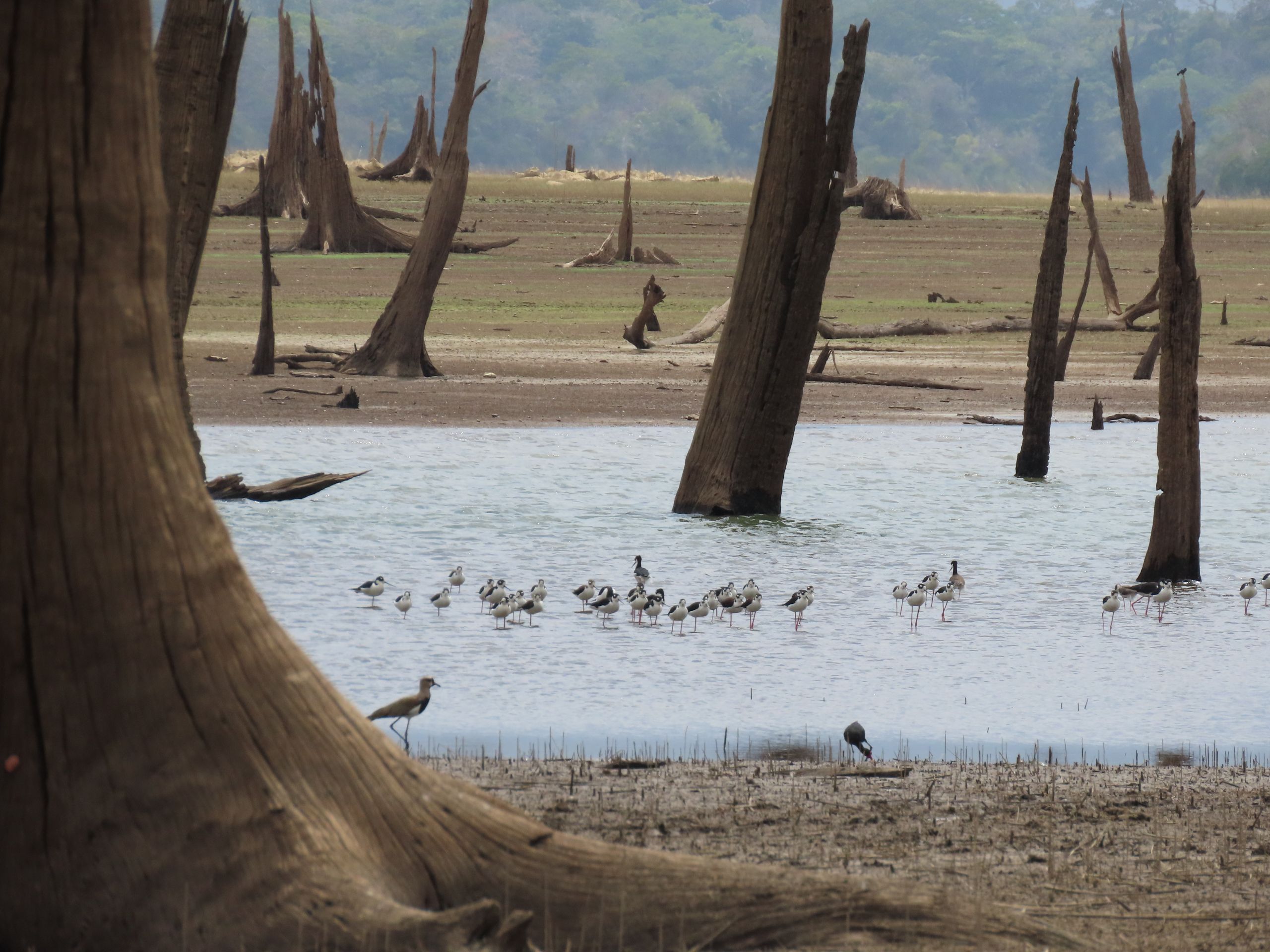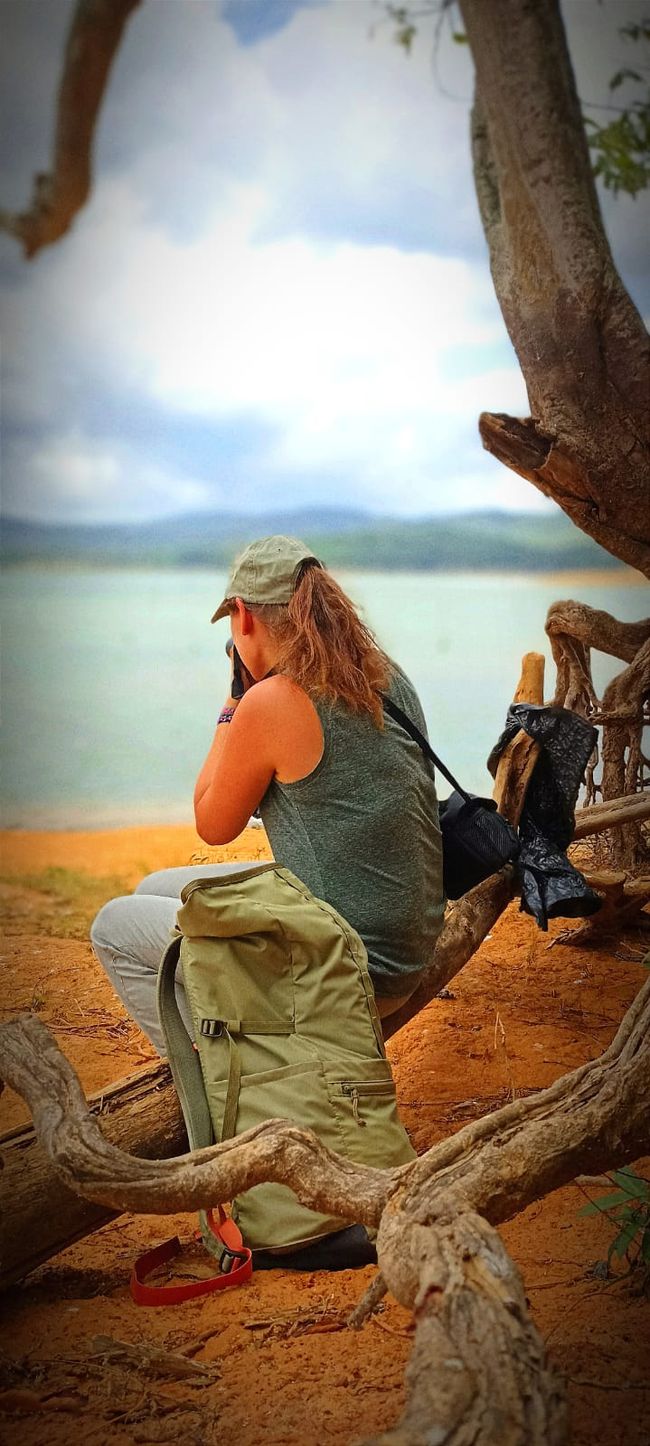Monteverde - Coffee Tour, Cloud Forests, and the Most Beautiful Bird in the World
Imechapishwa: 14.02.2023
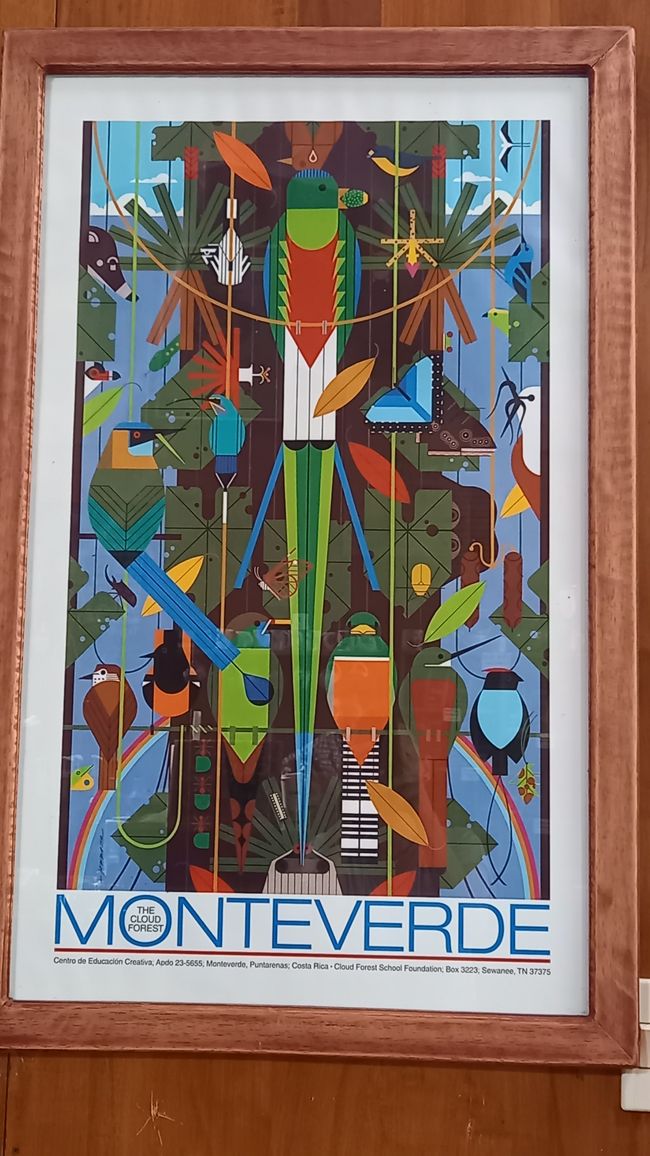
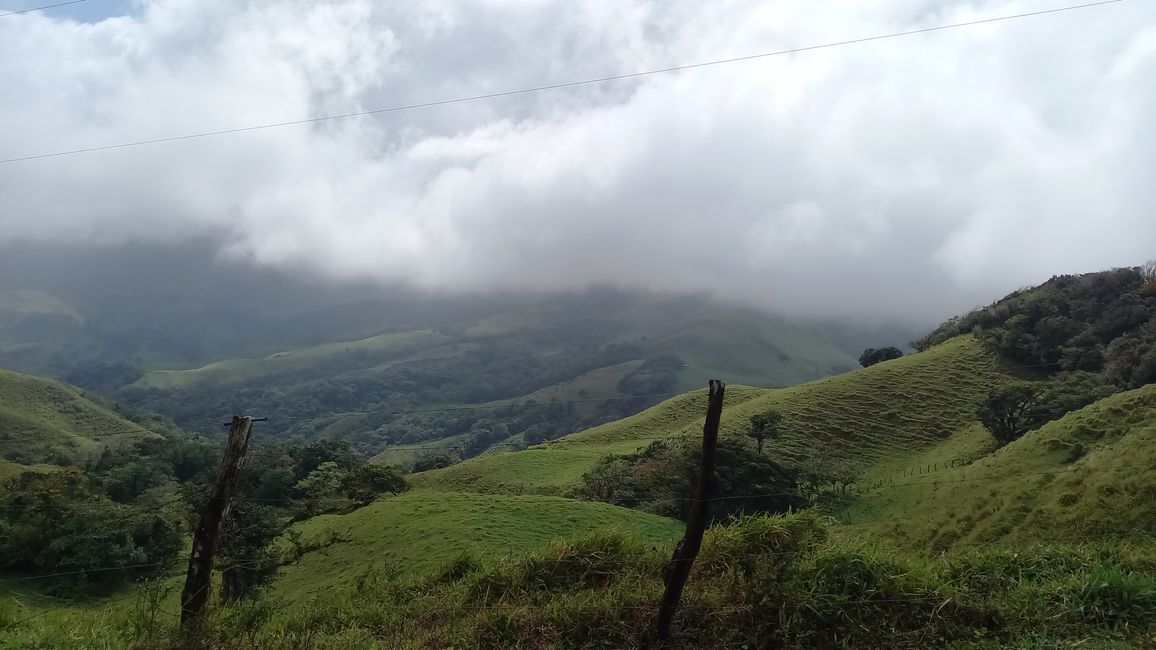
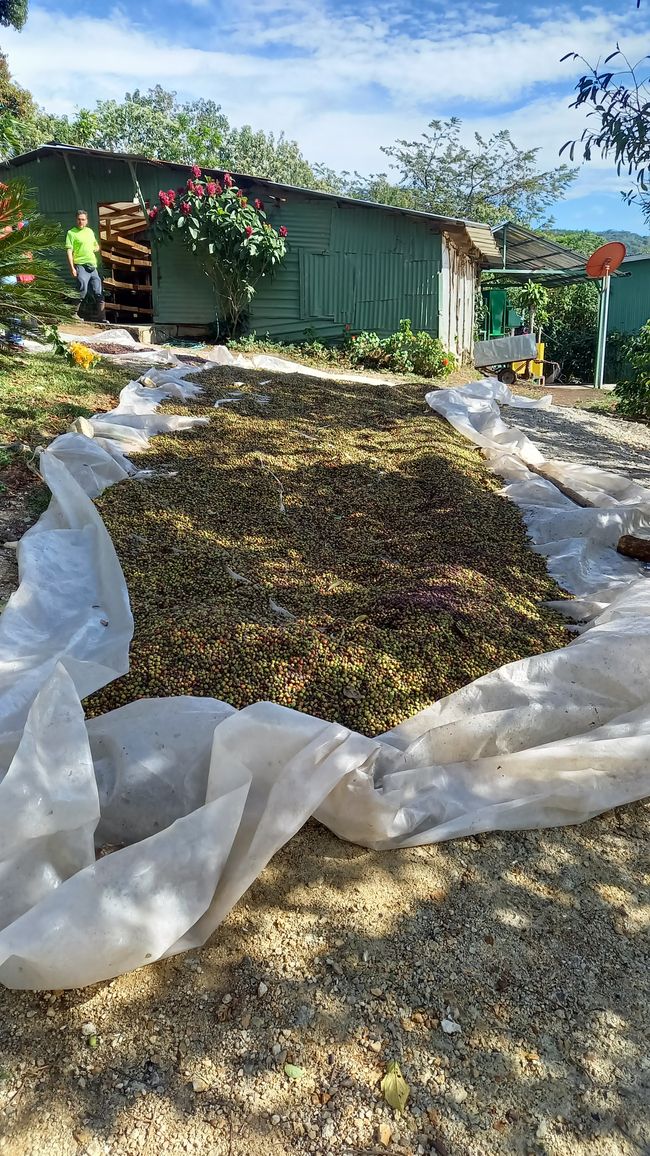
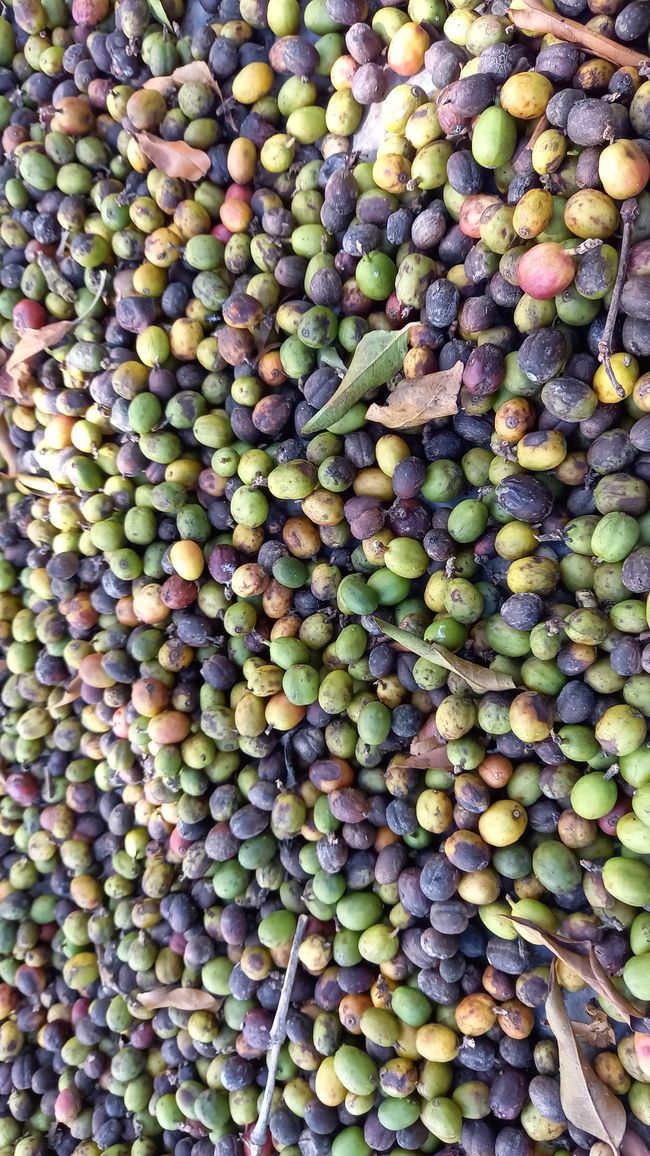
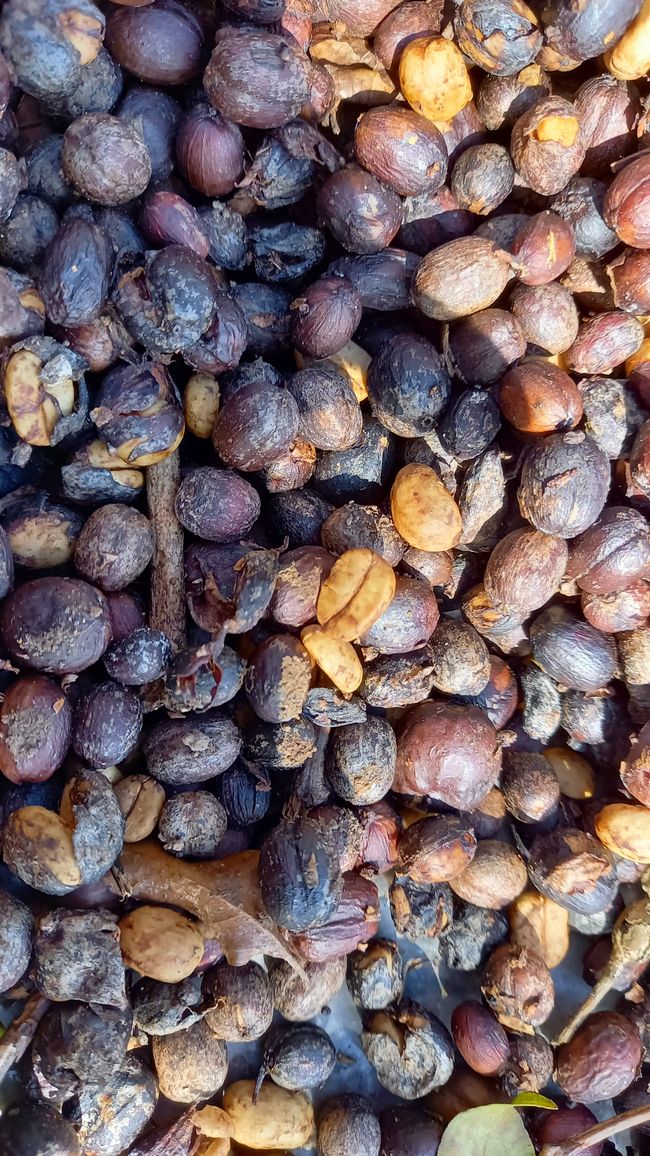
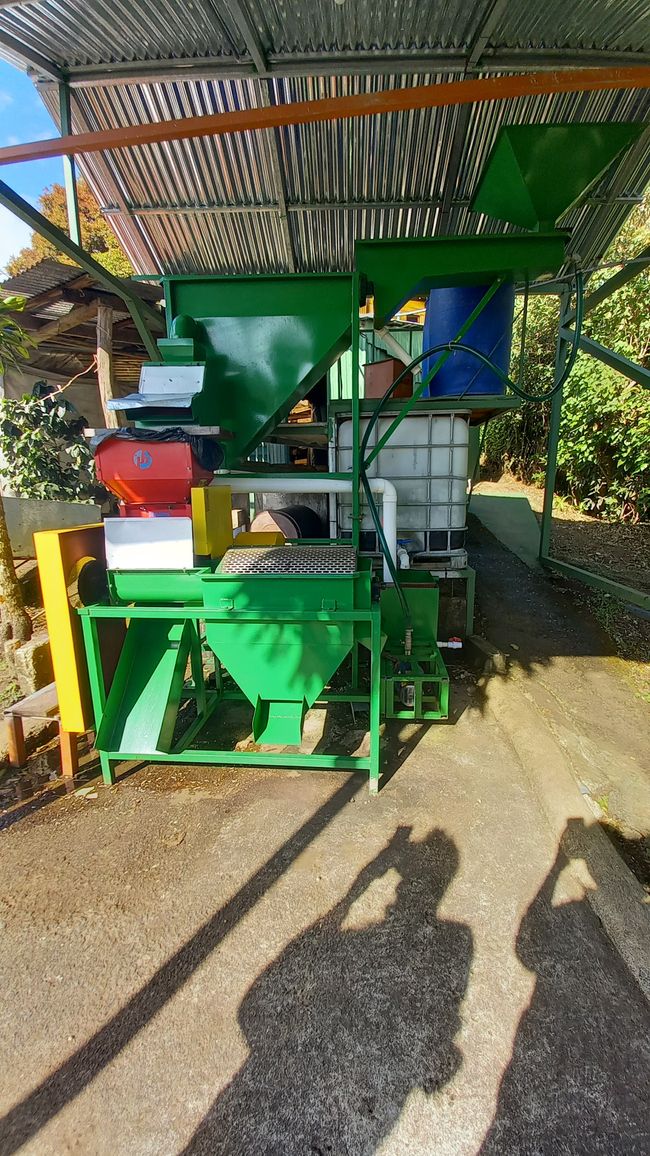
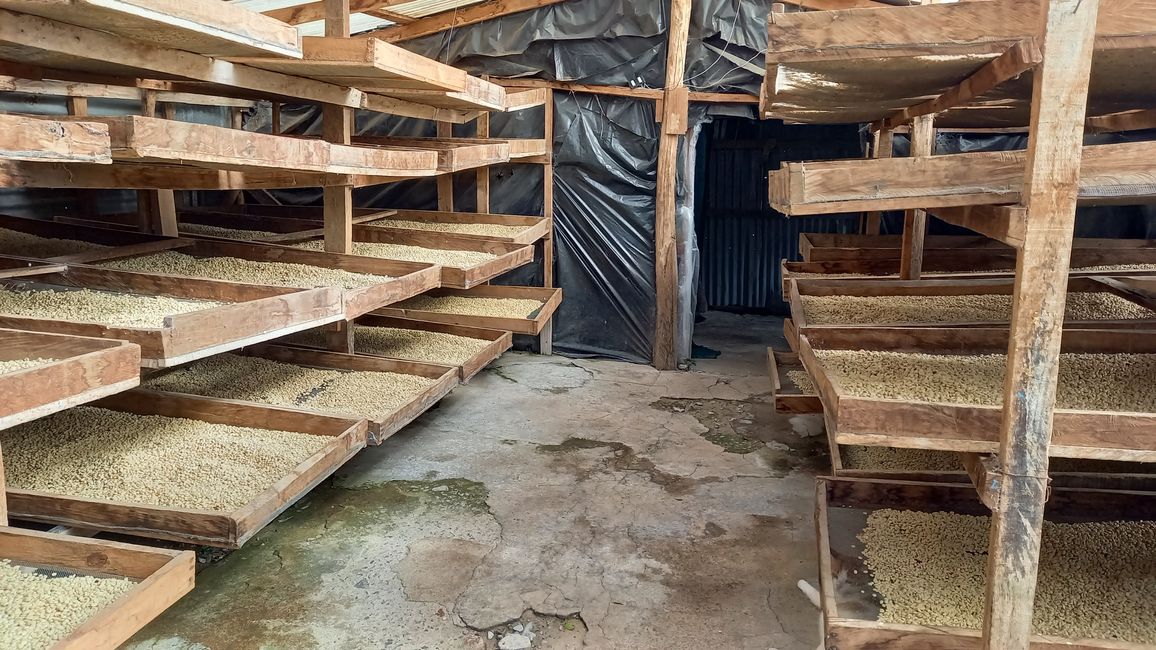
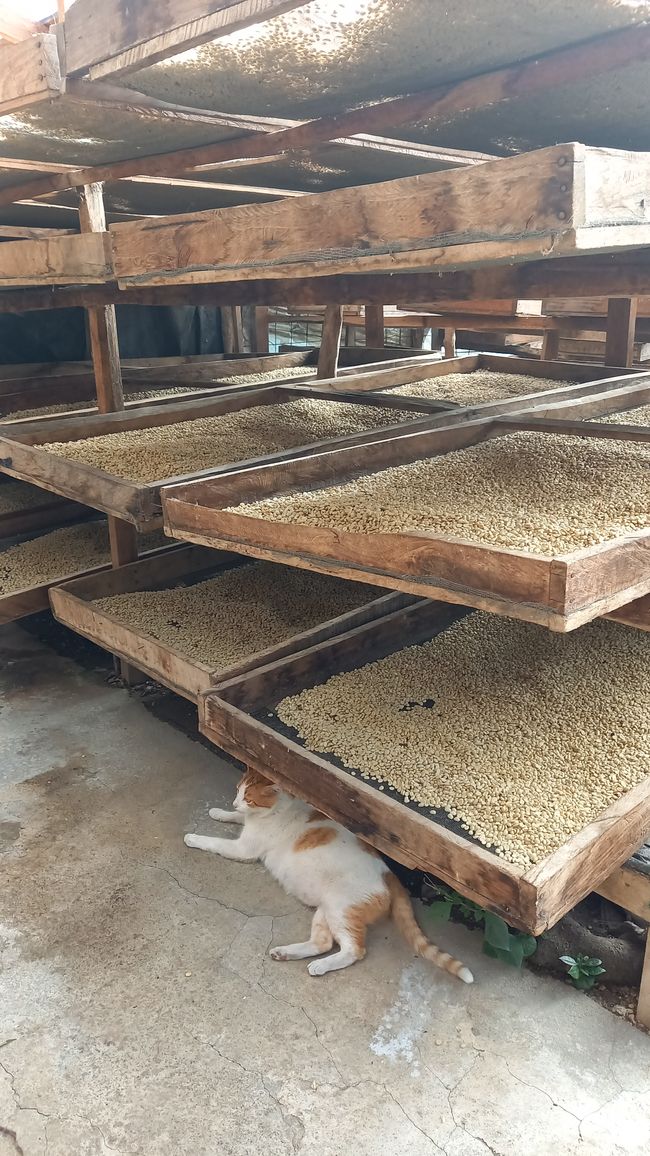
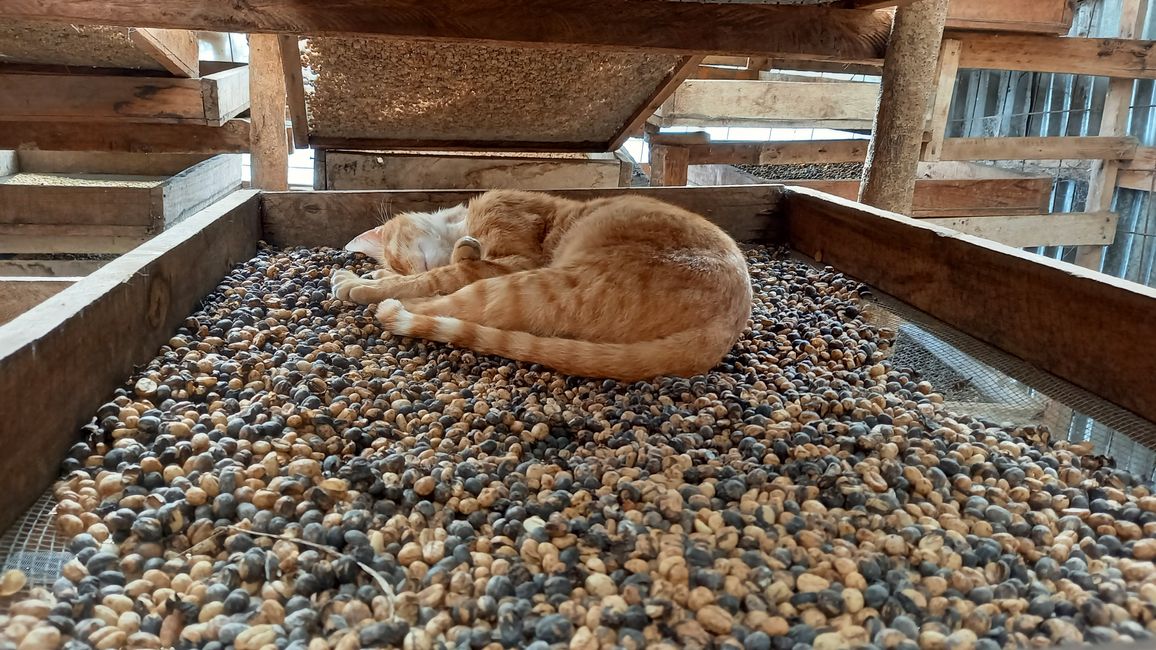
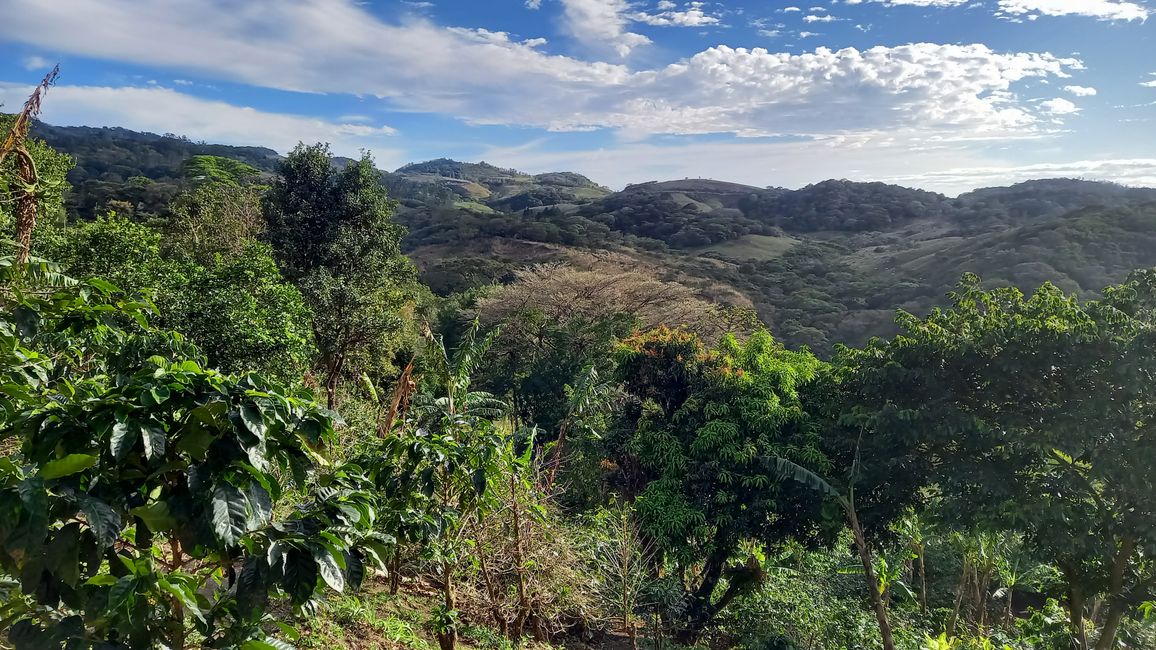
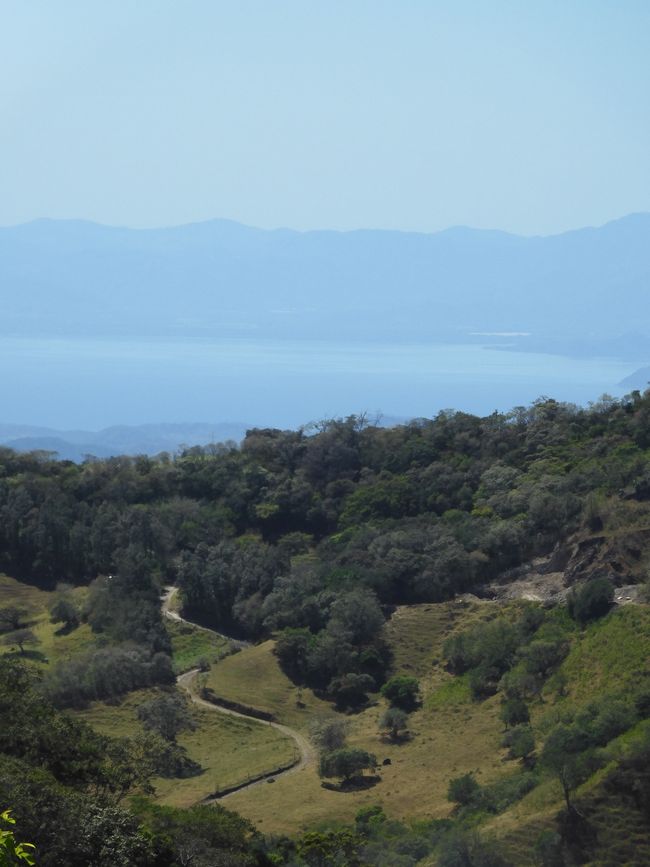
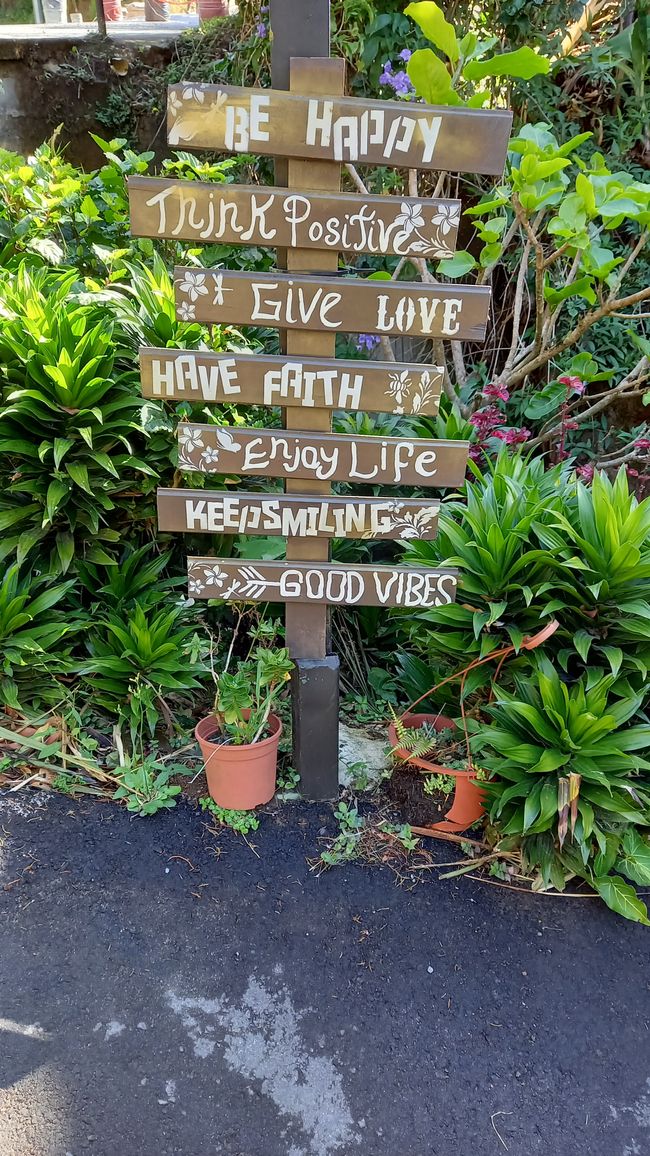
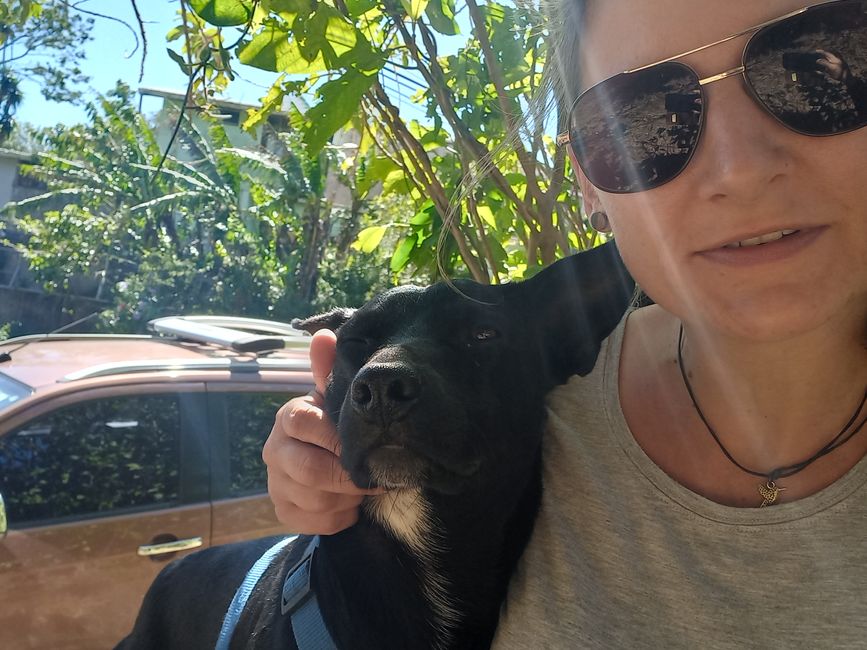
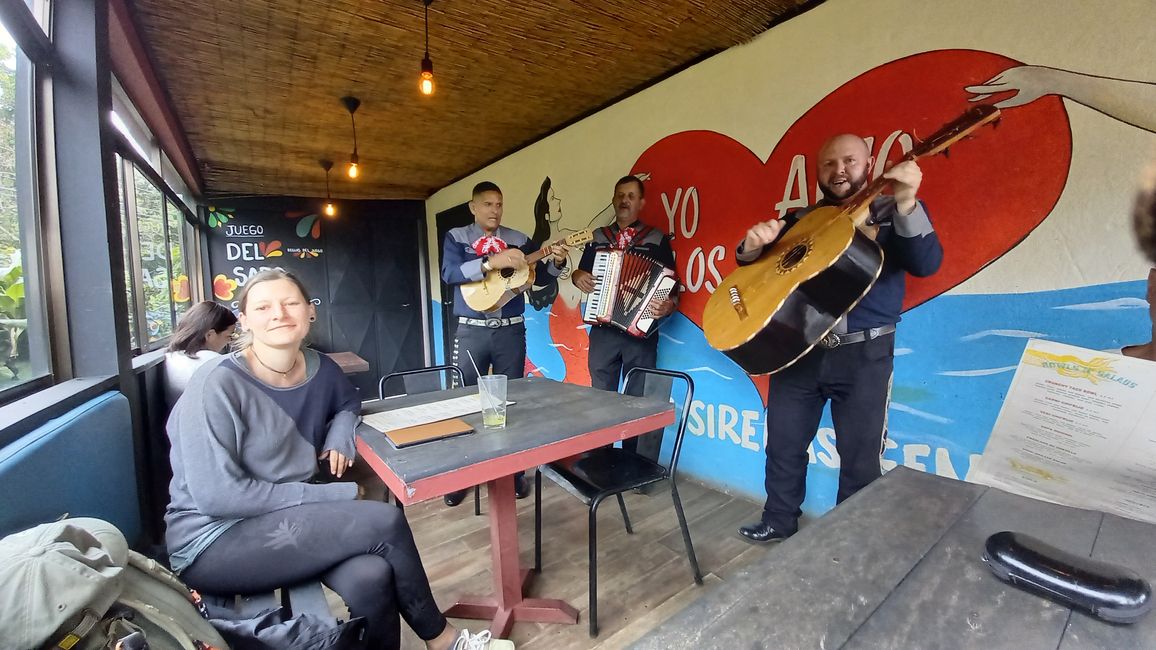
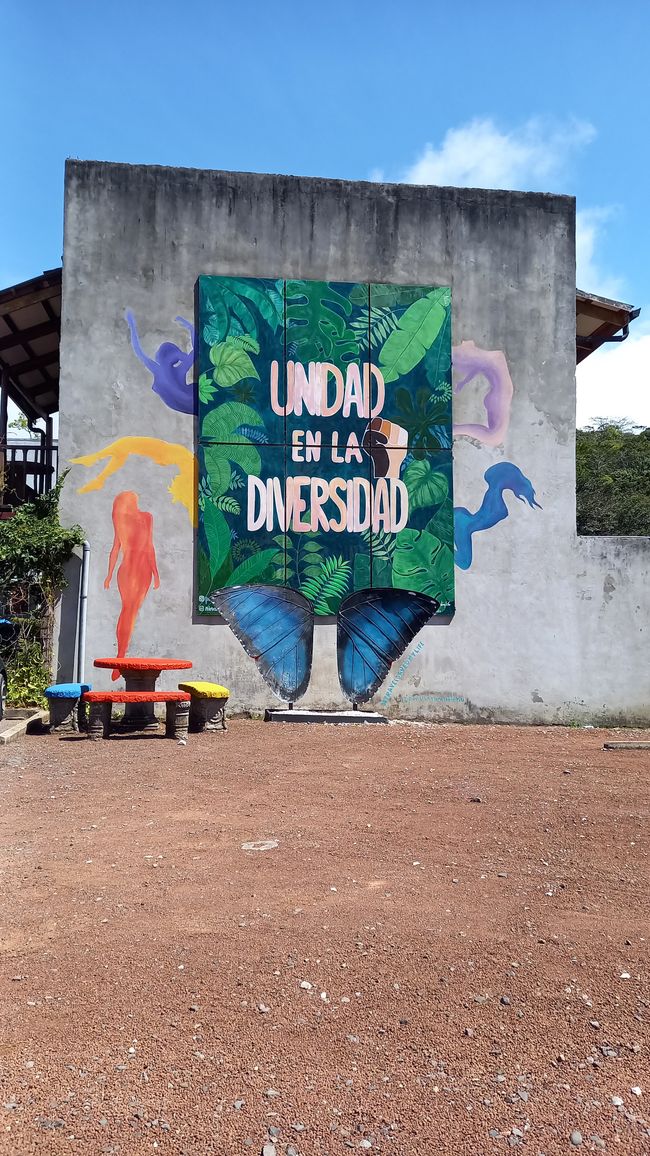
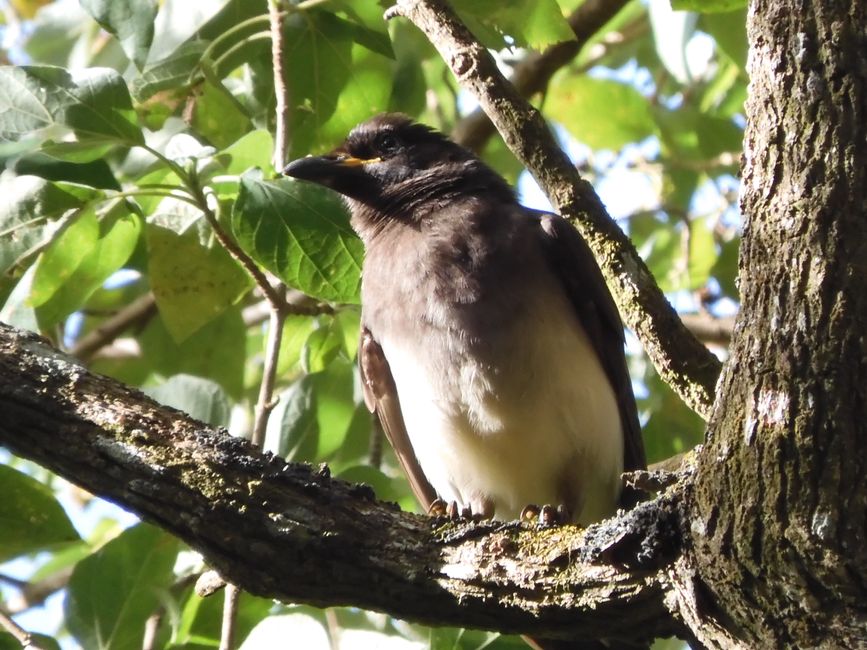
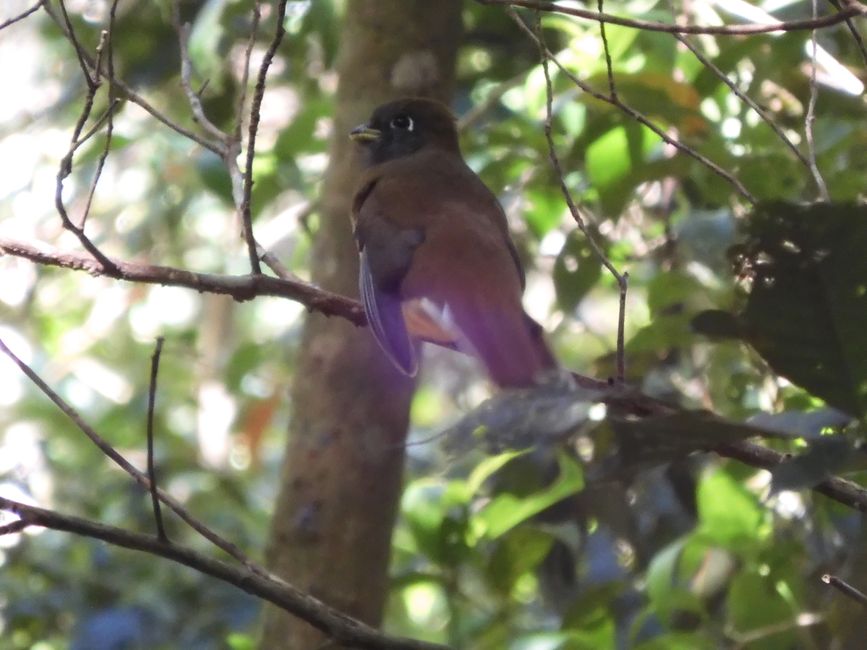
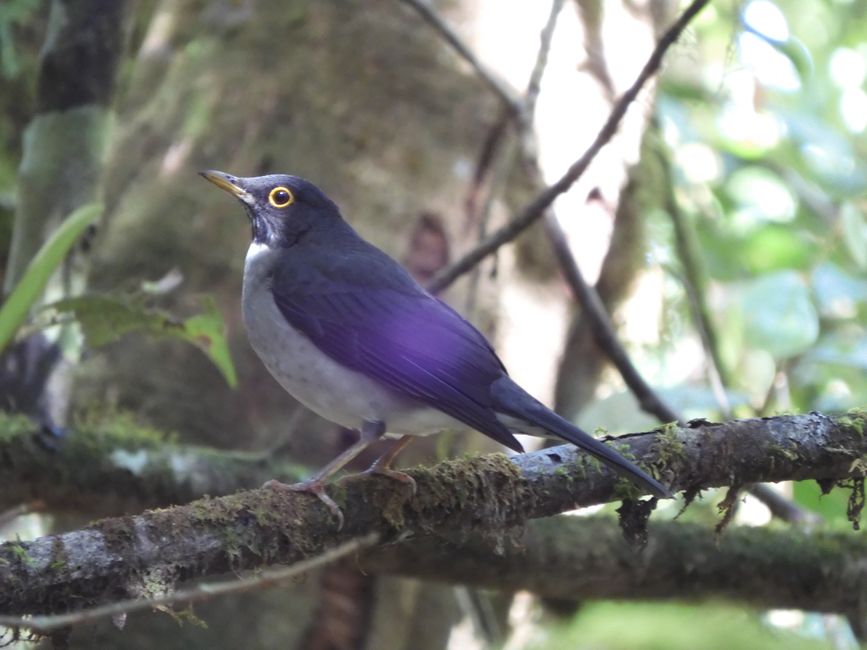
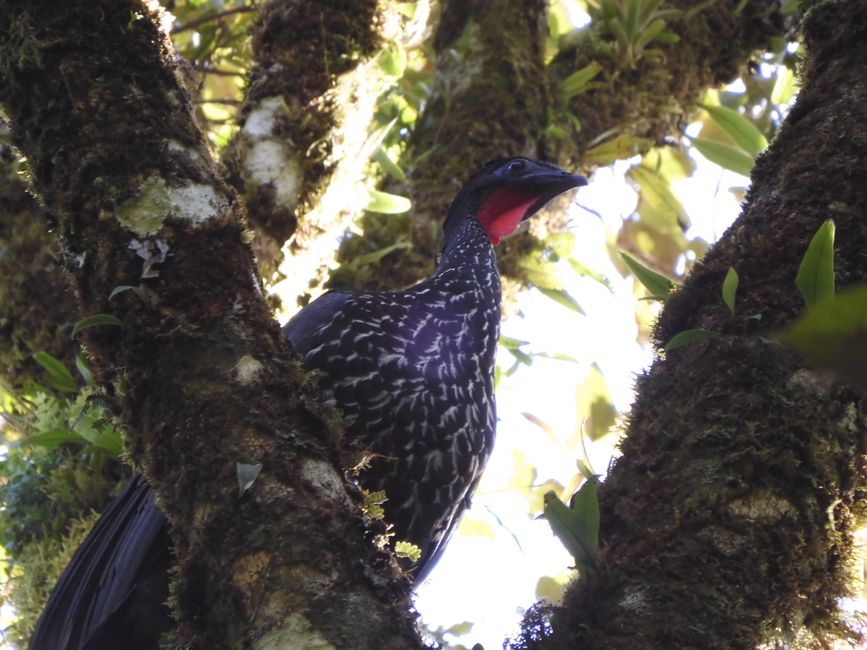
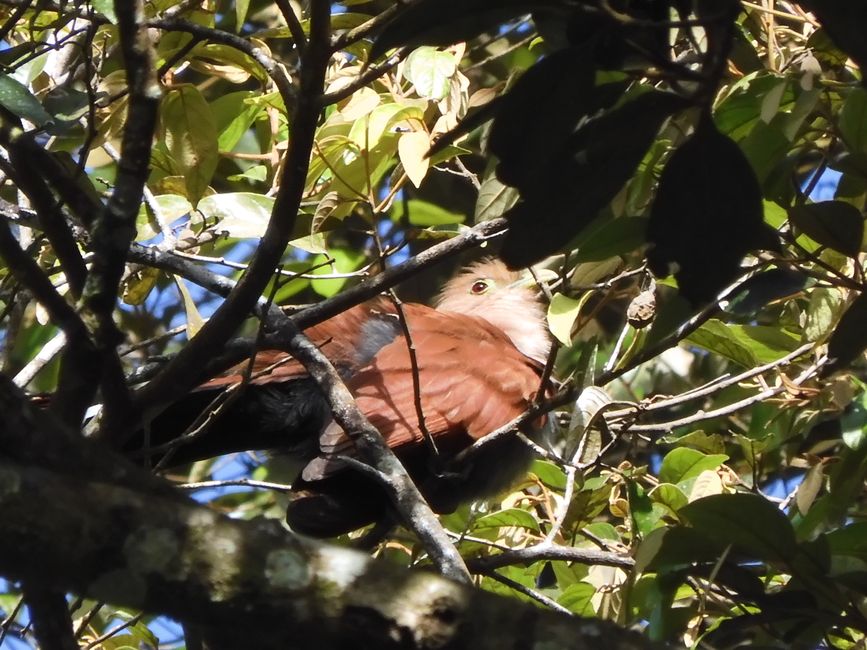
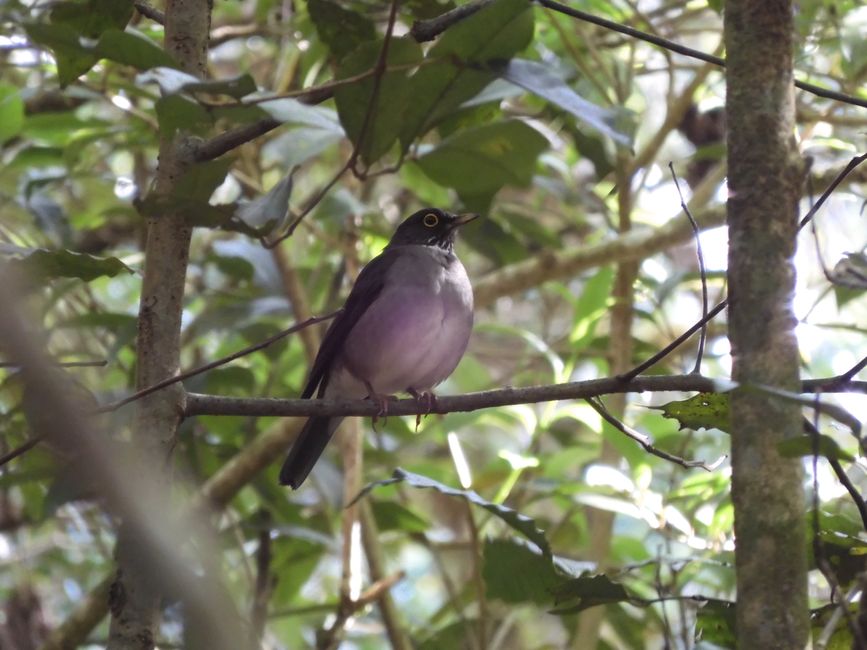
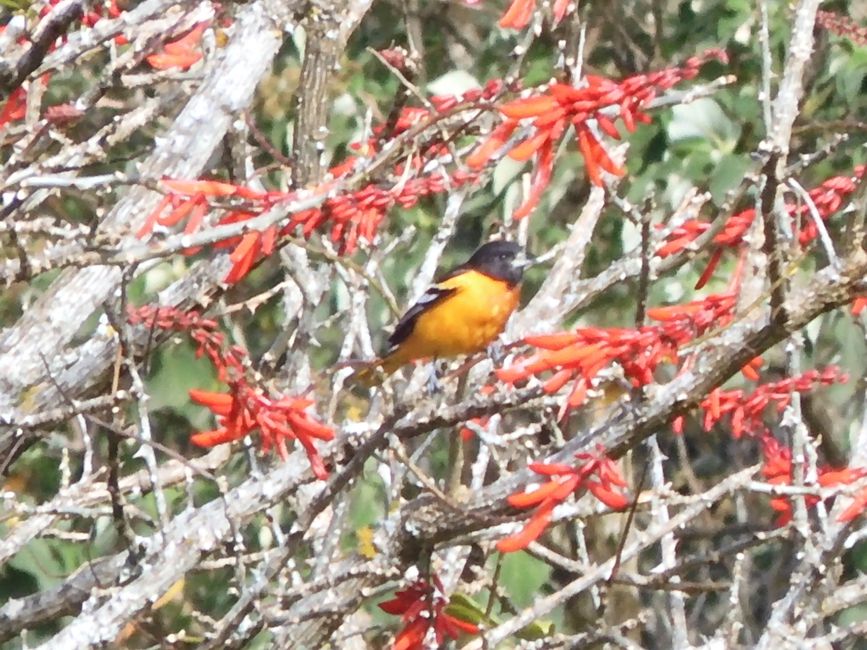
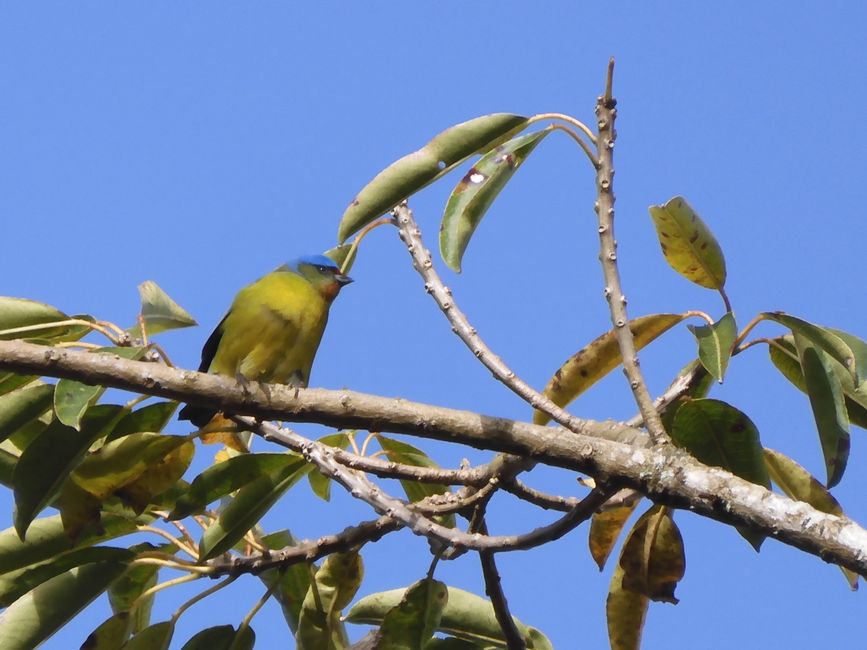
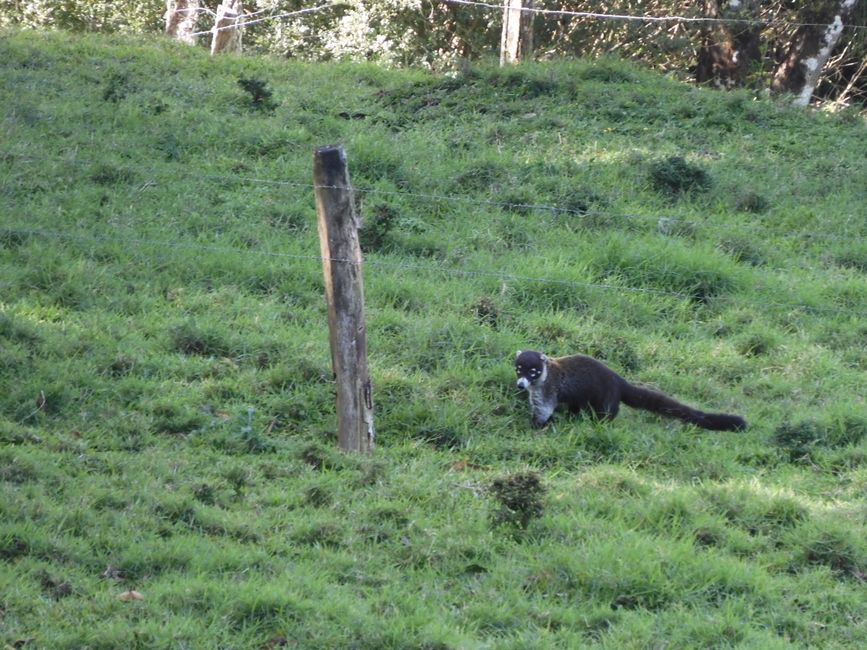
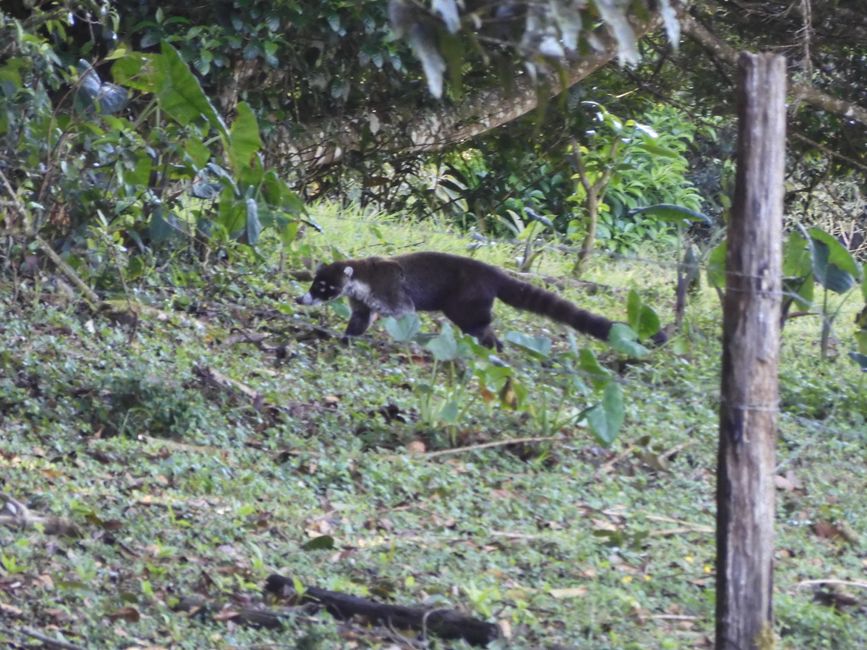
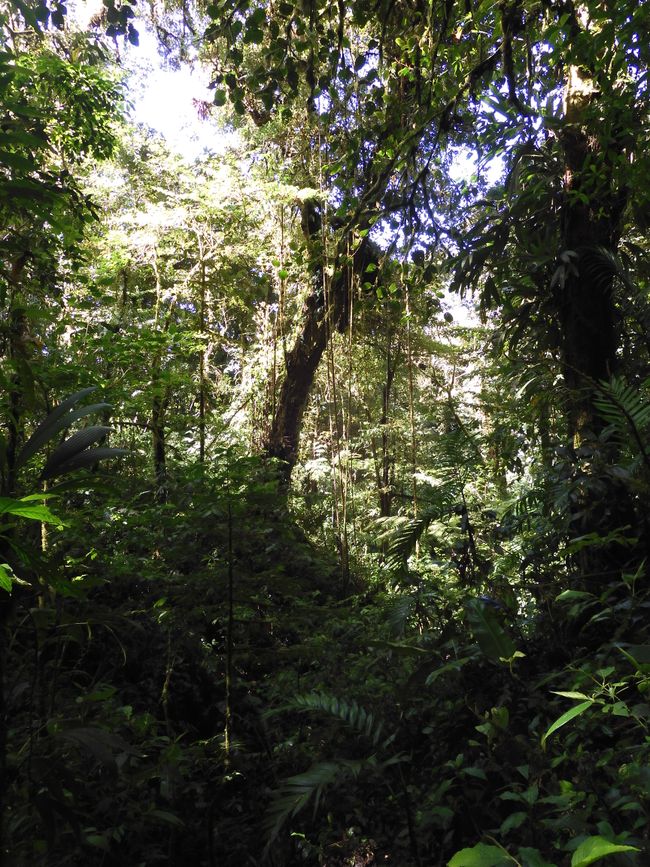
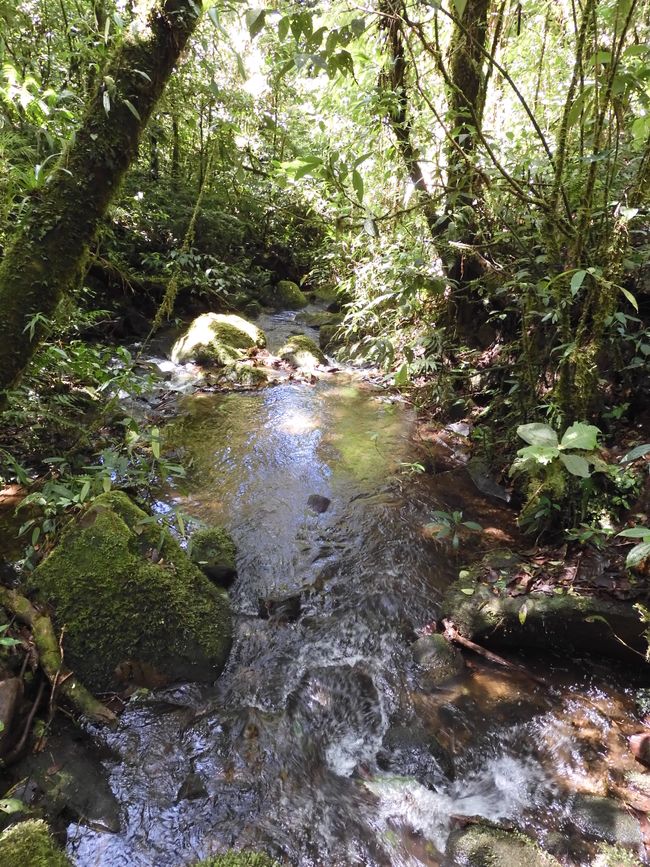
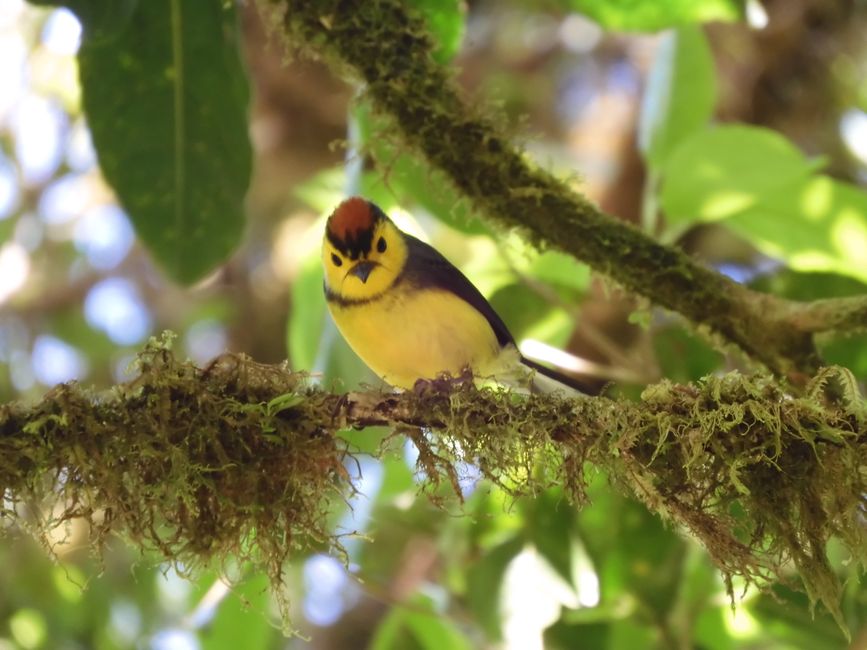
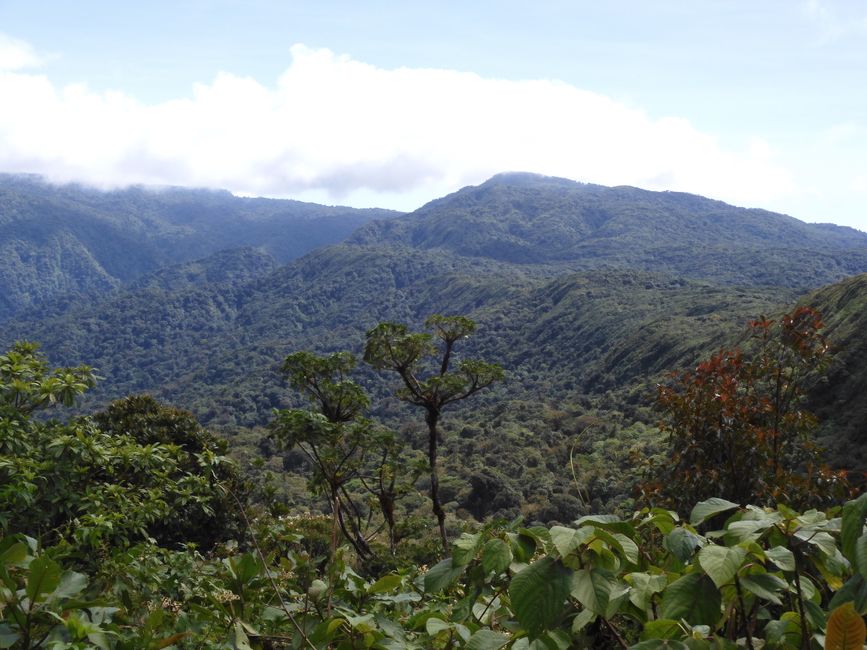
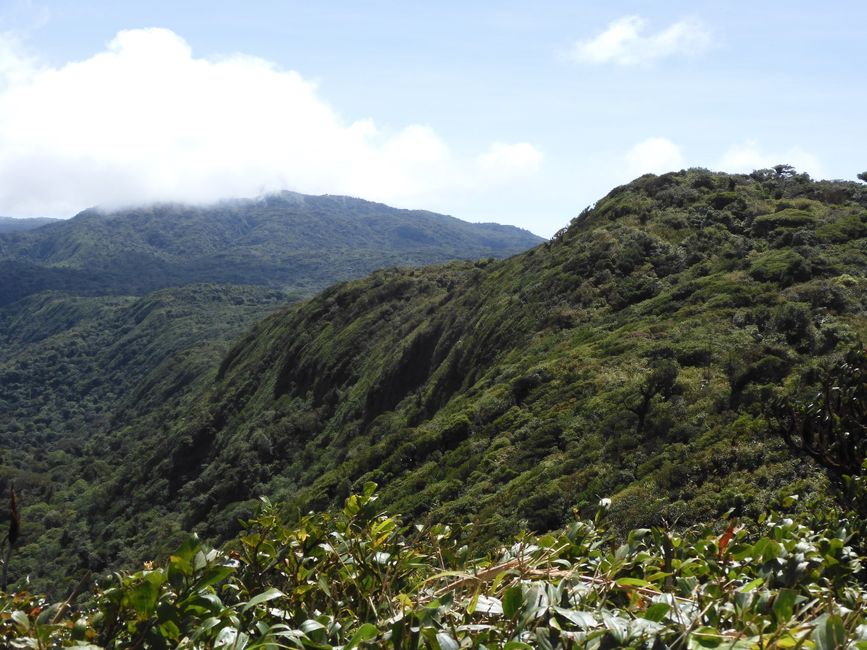
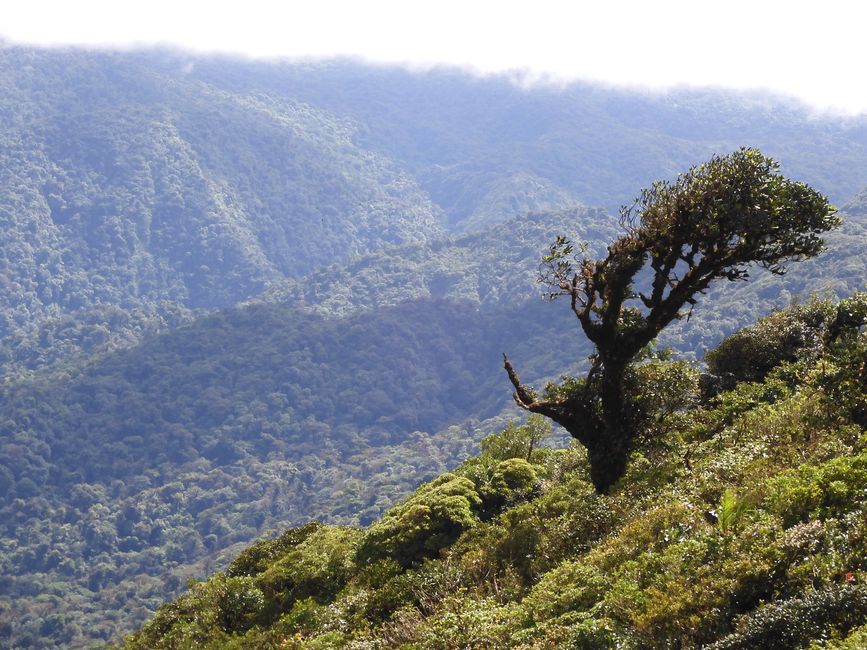
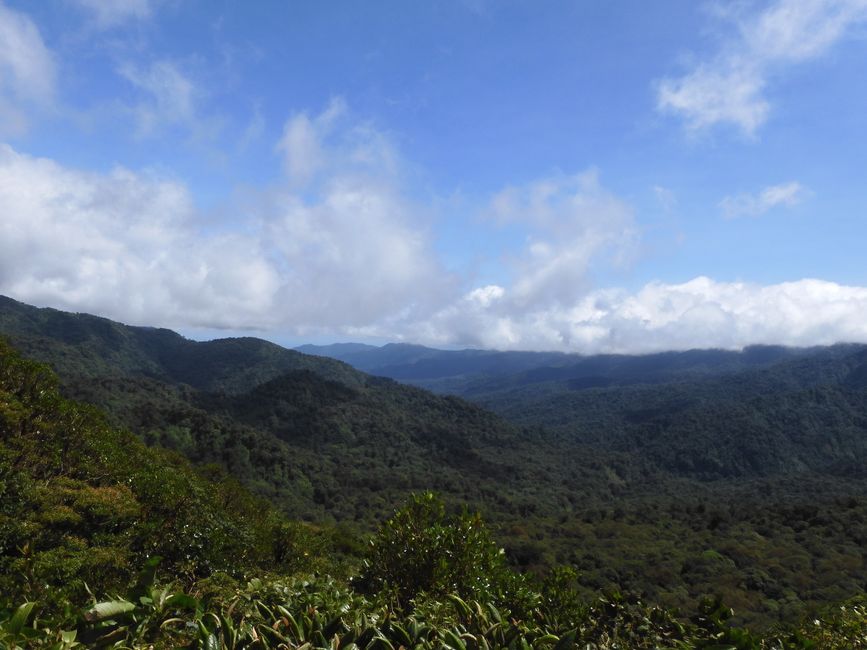
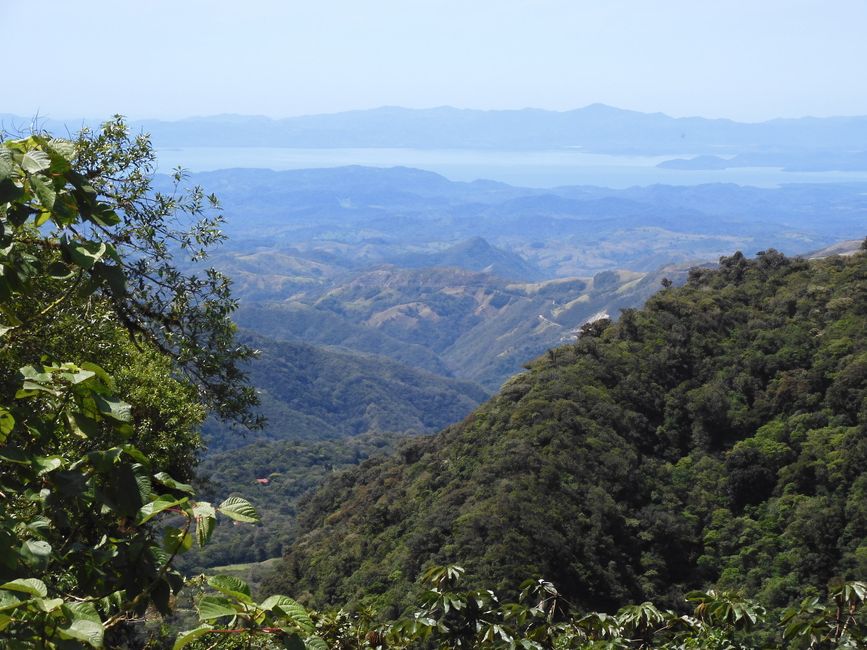
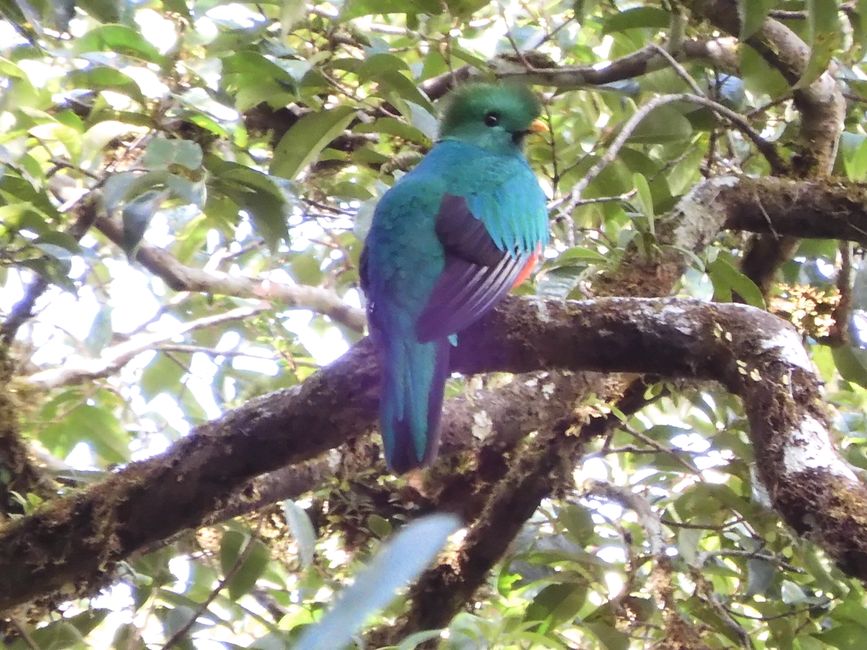
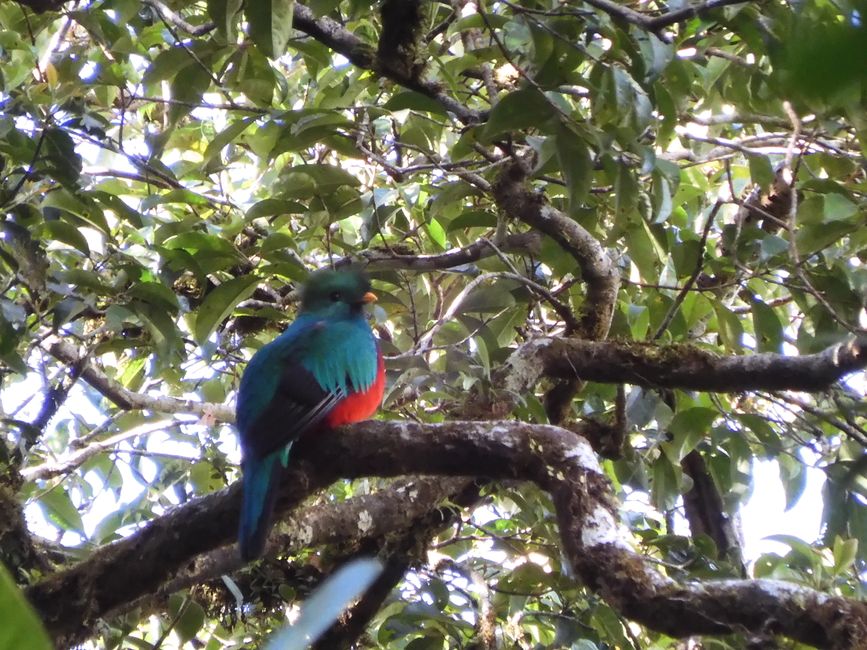
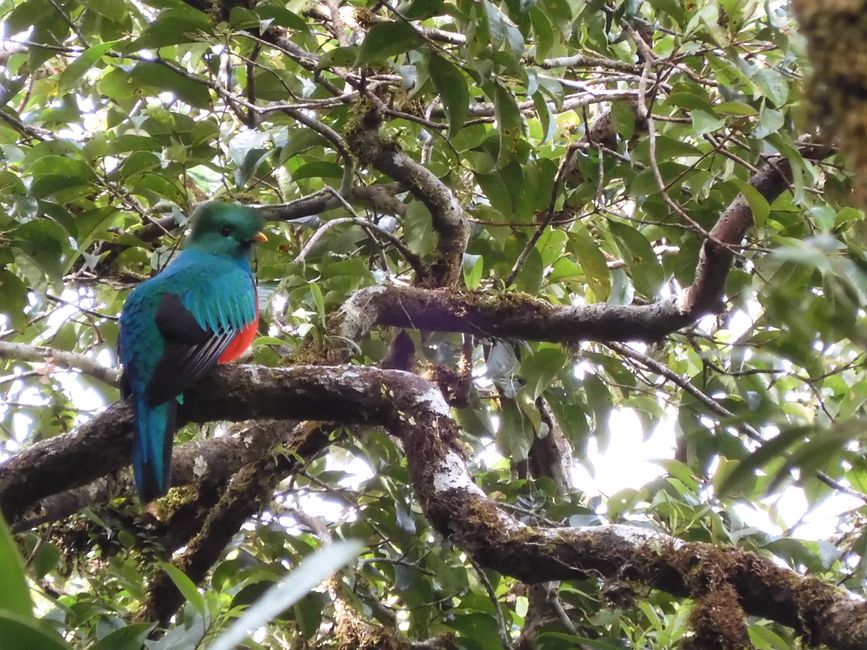
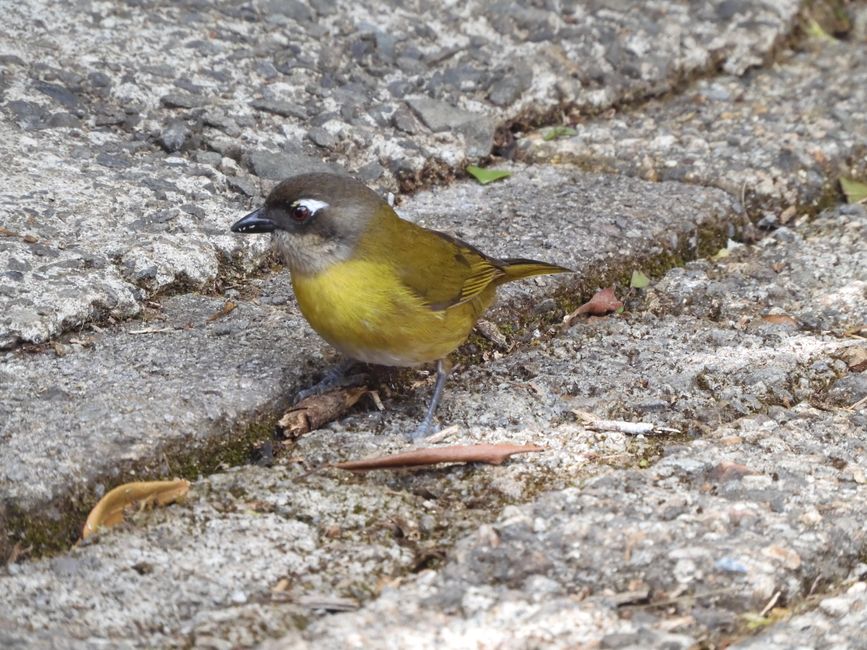
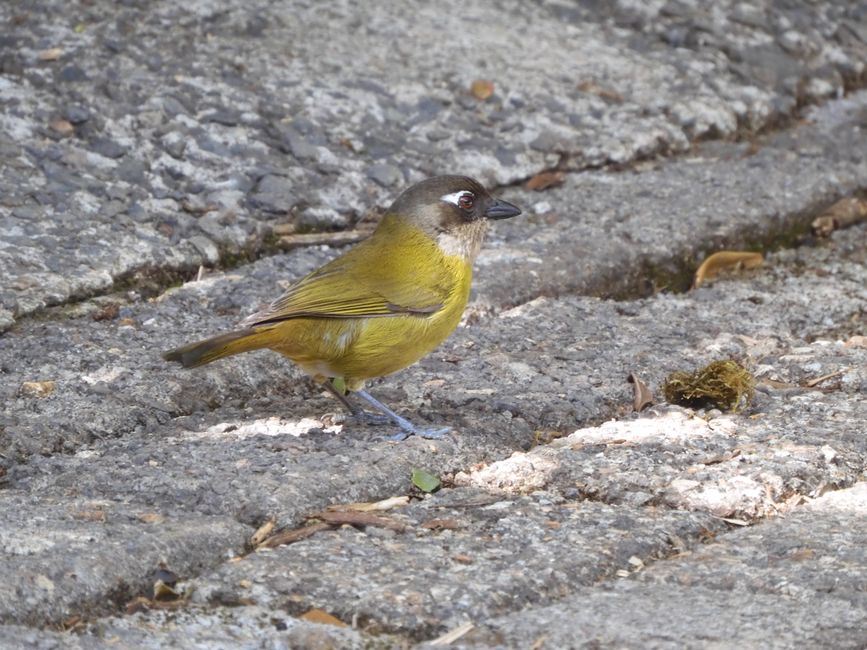
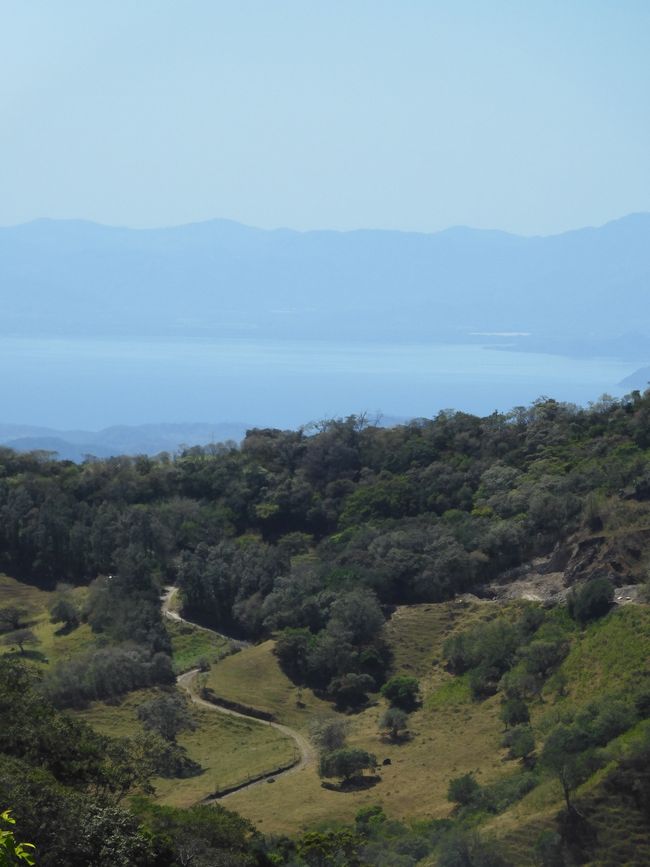
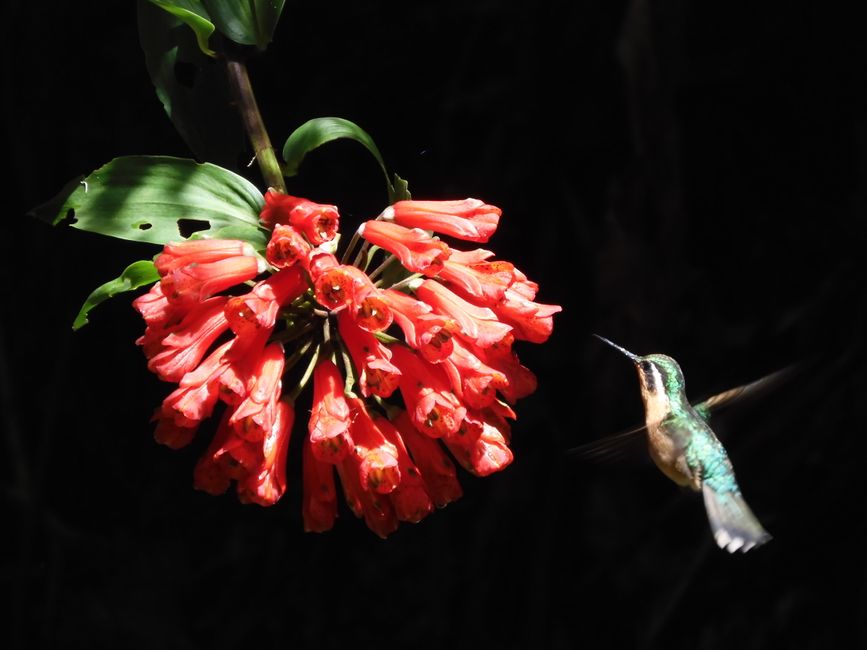
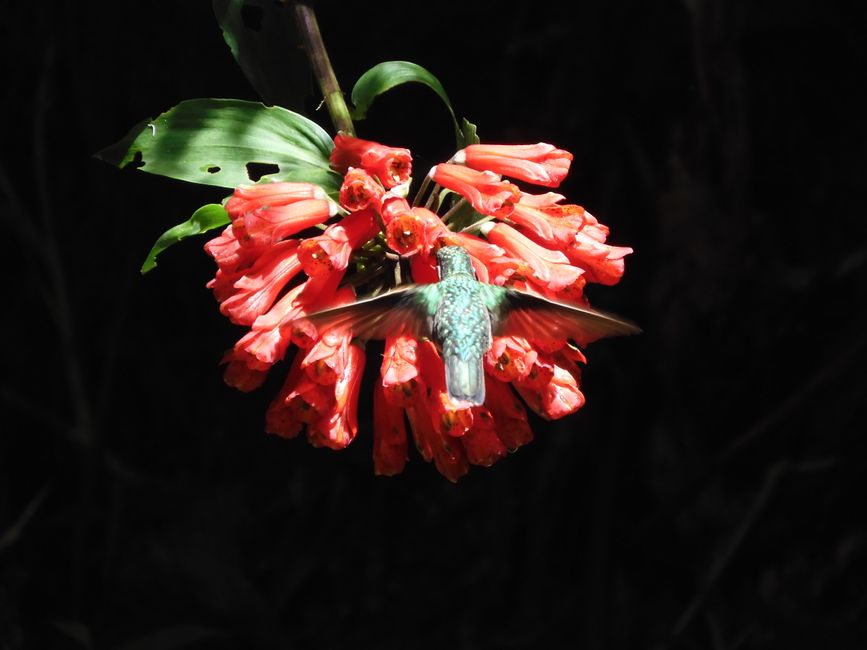
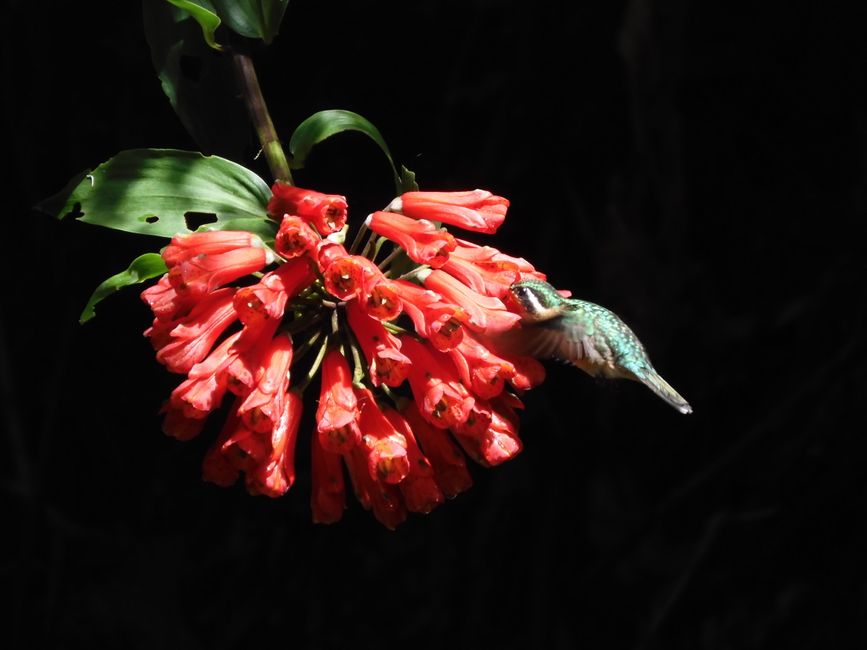
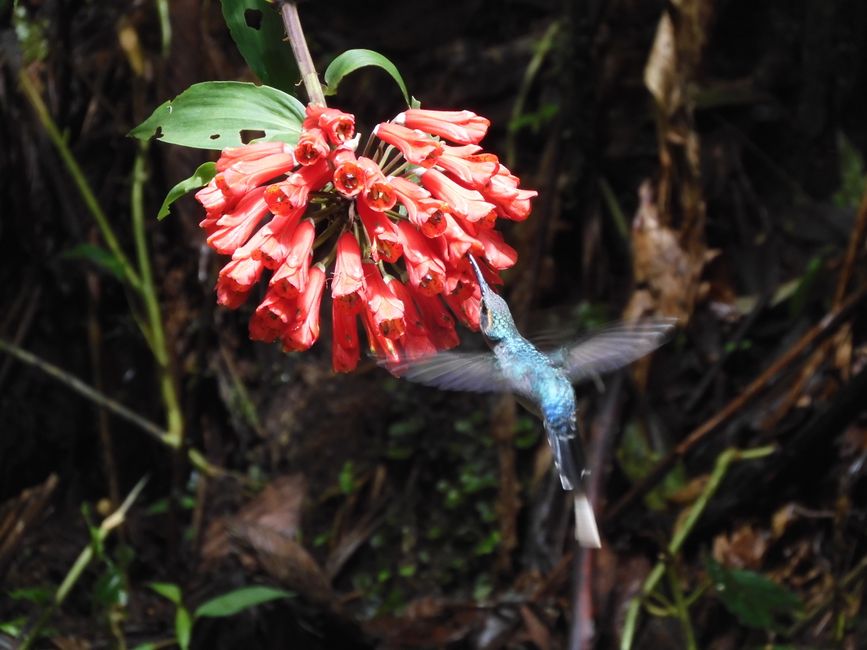
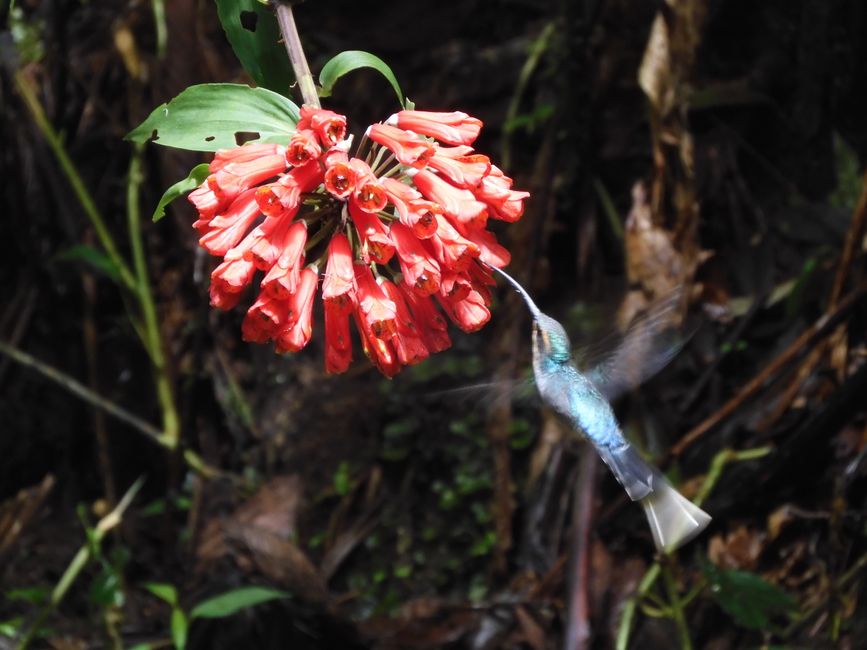
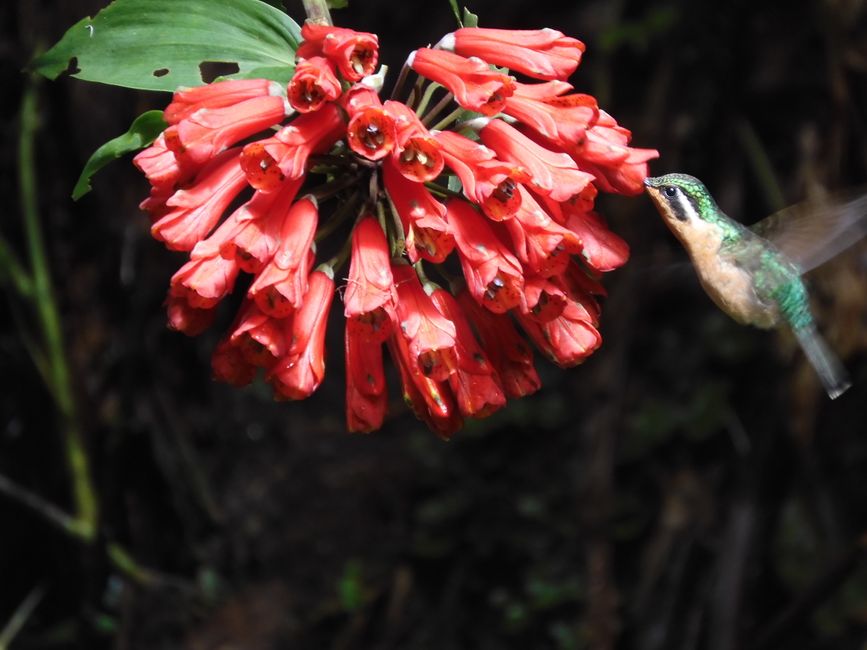
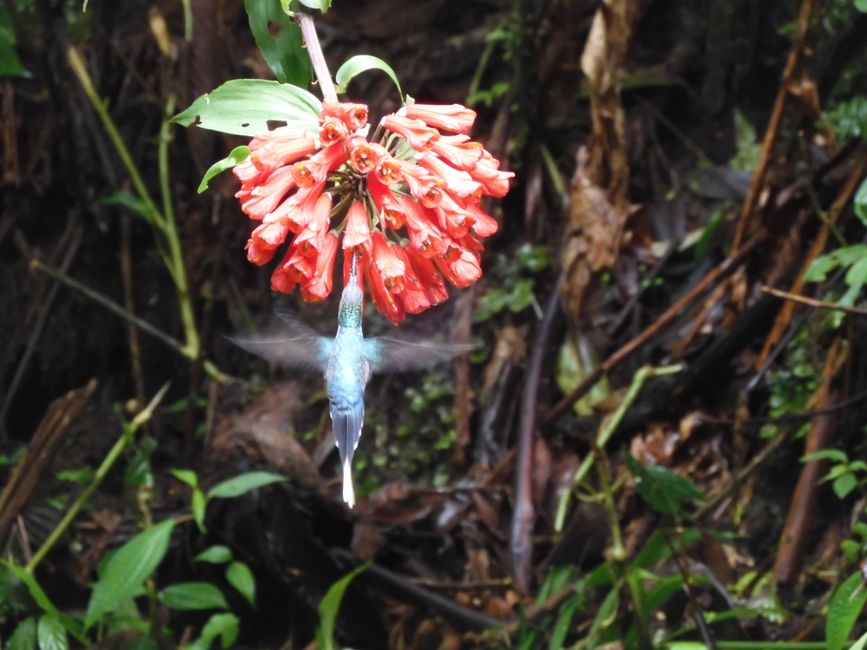
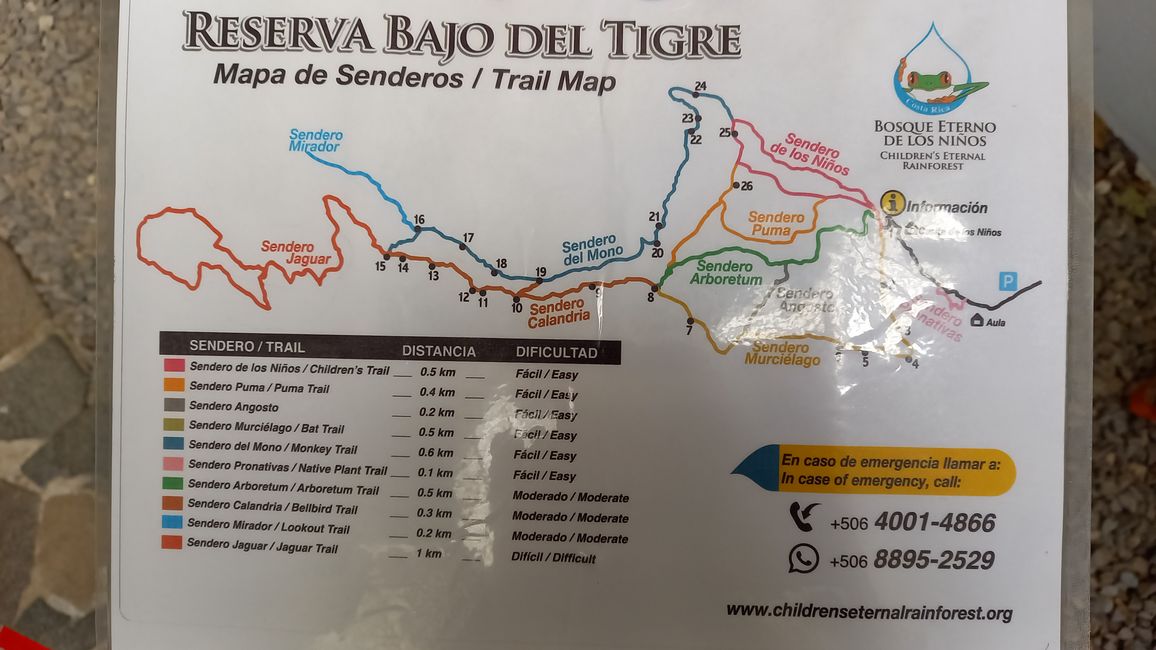
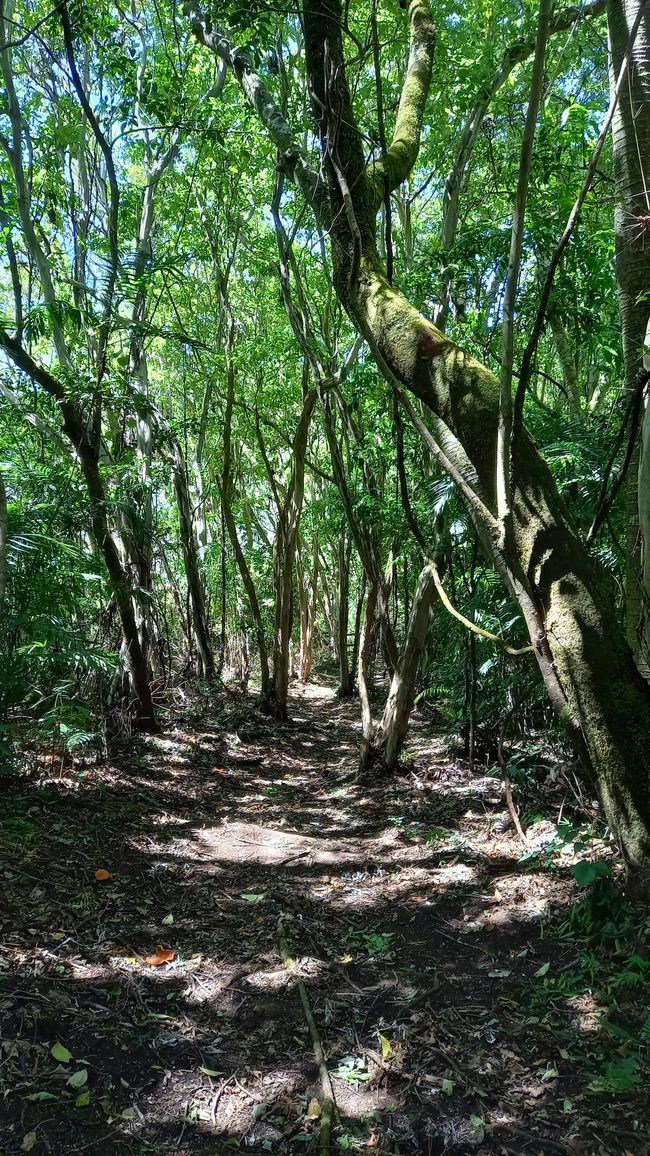
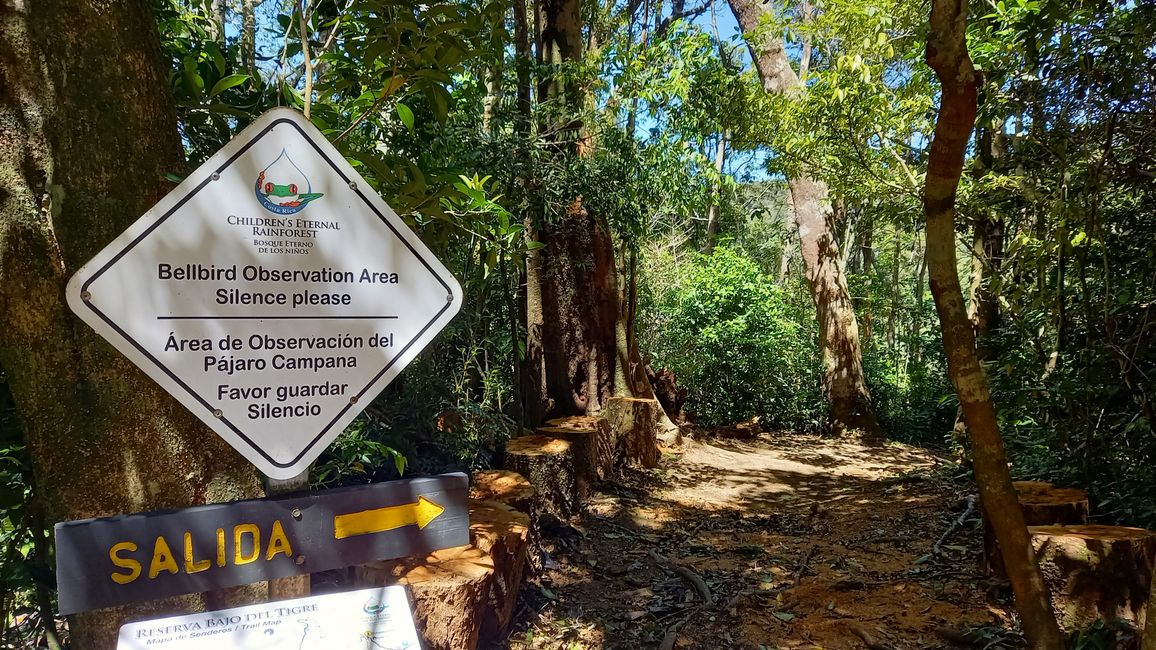
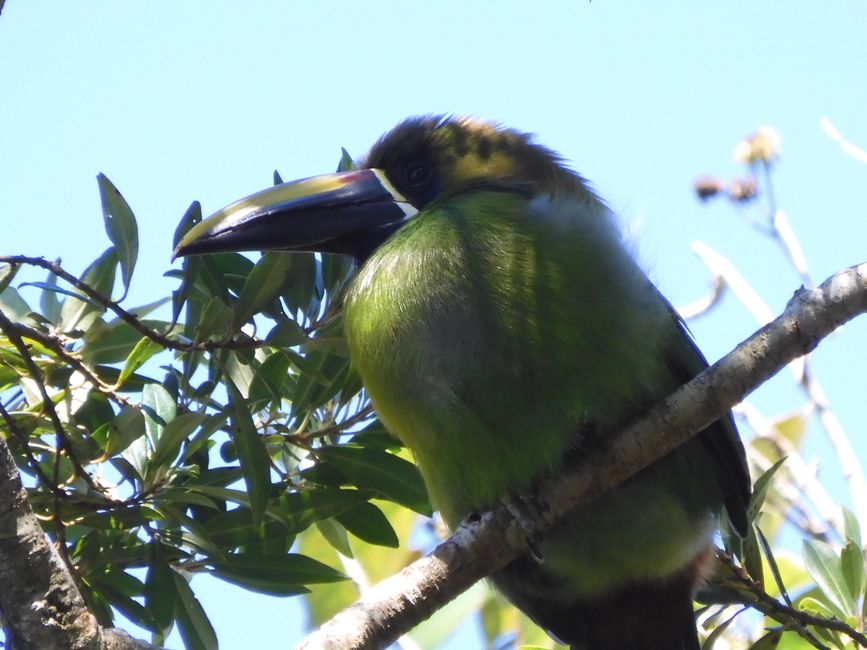
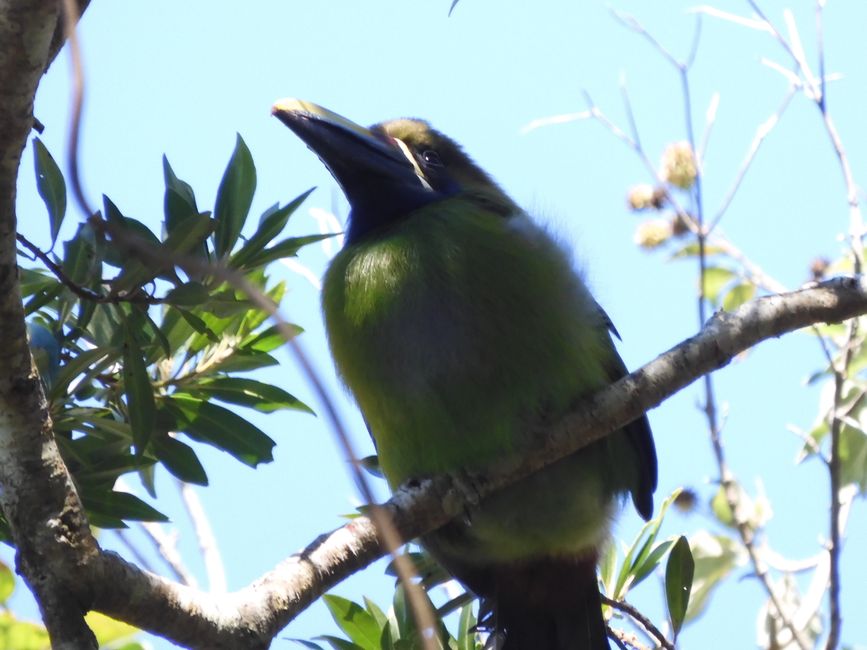
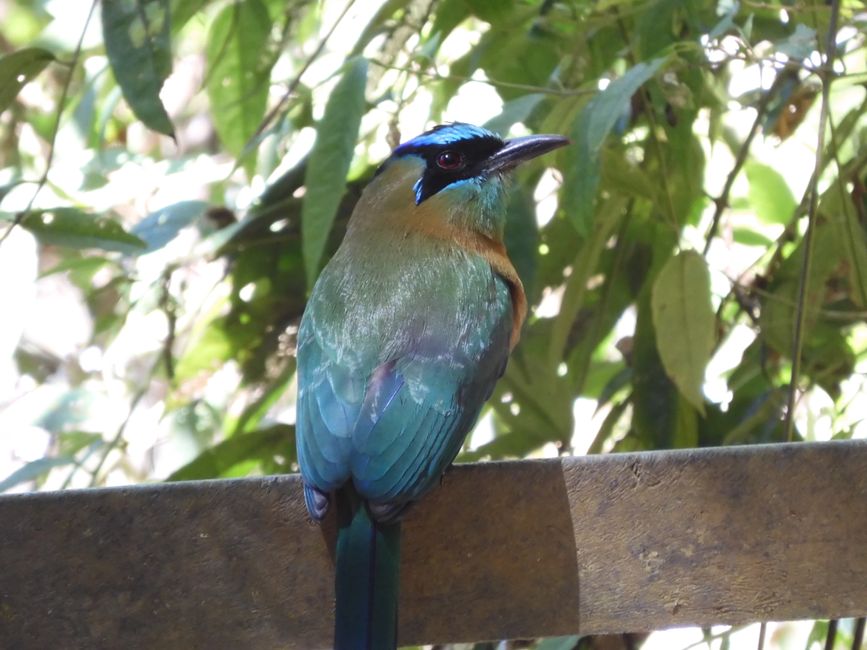
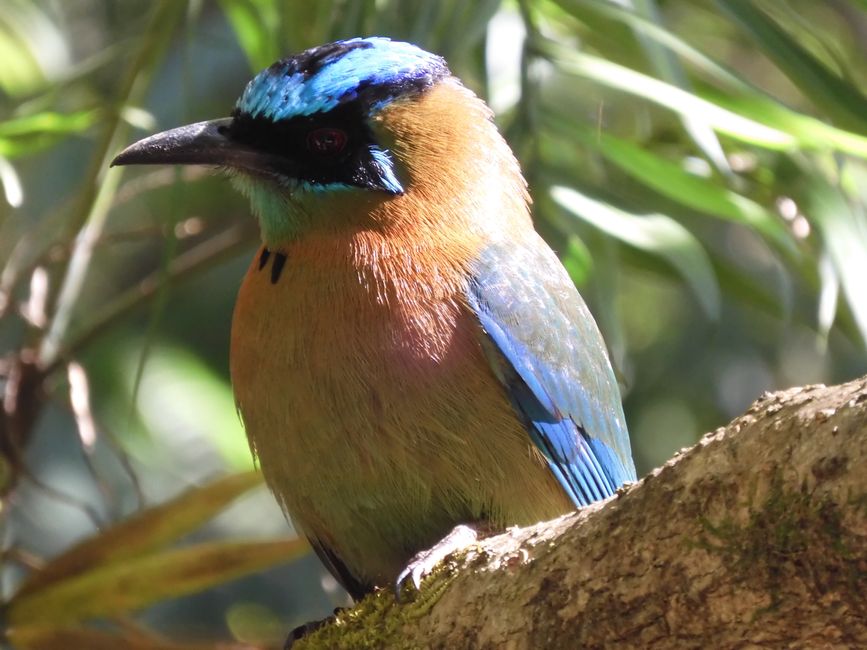
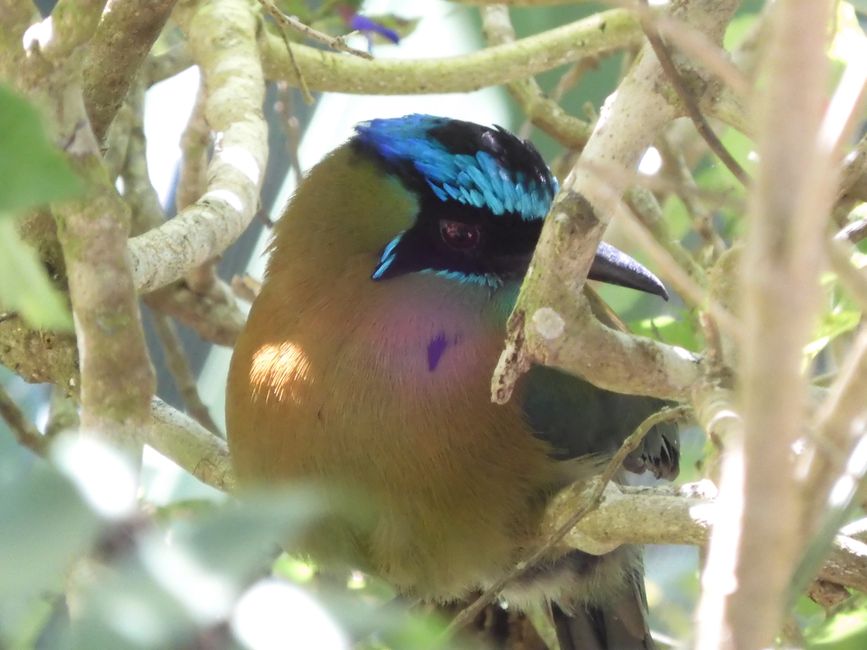
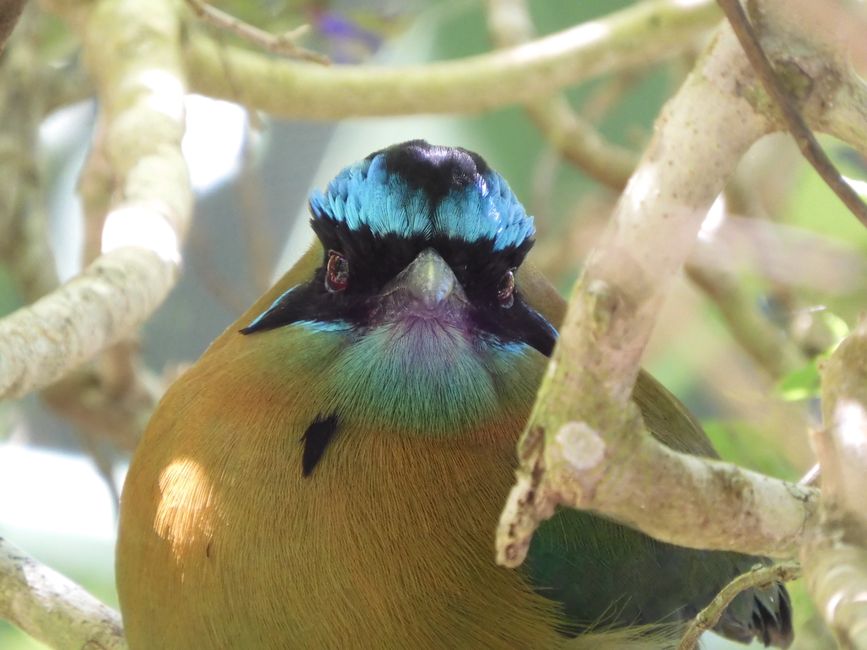
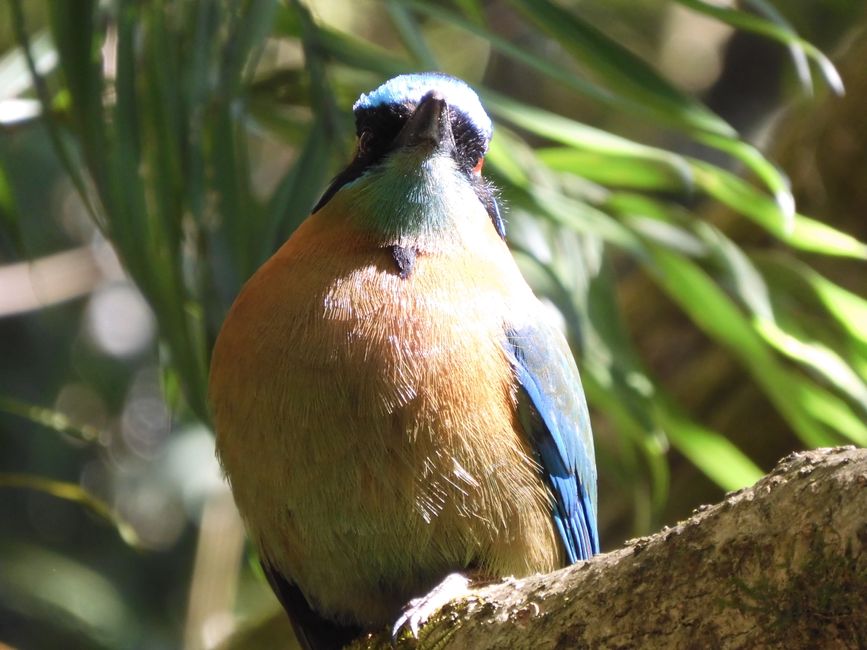
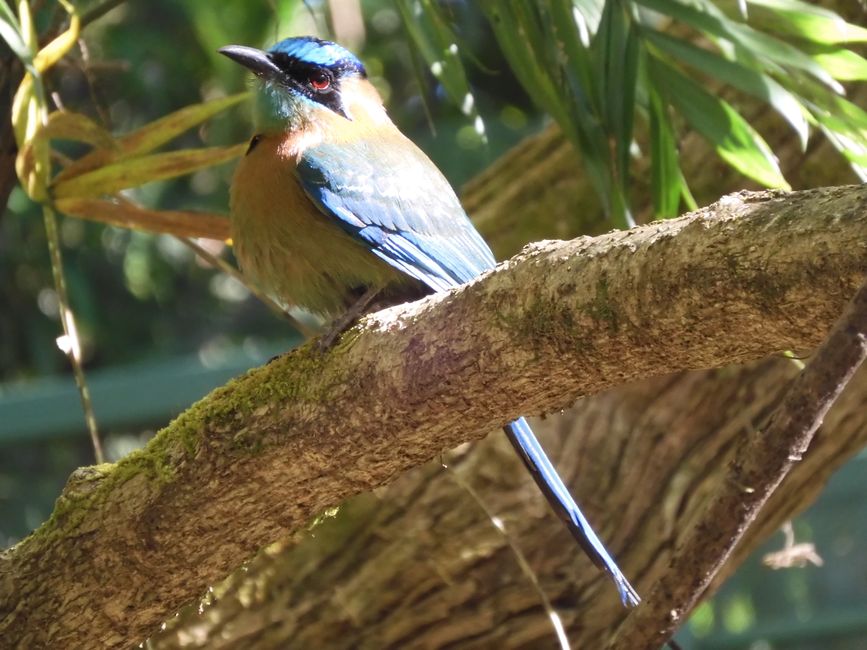
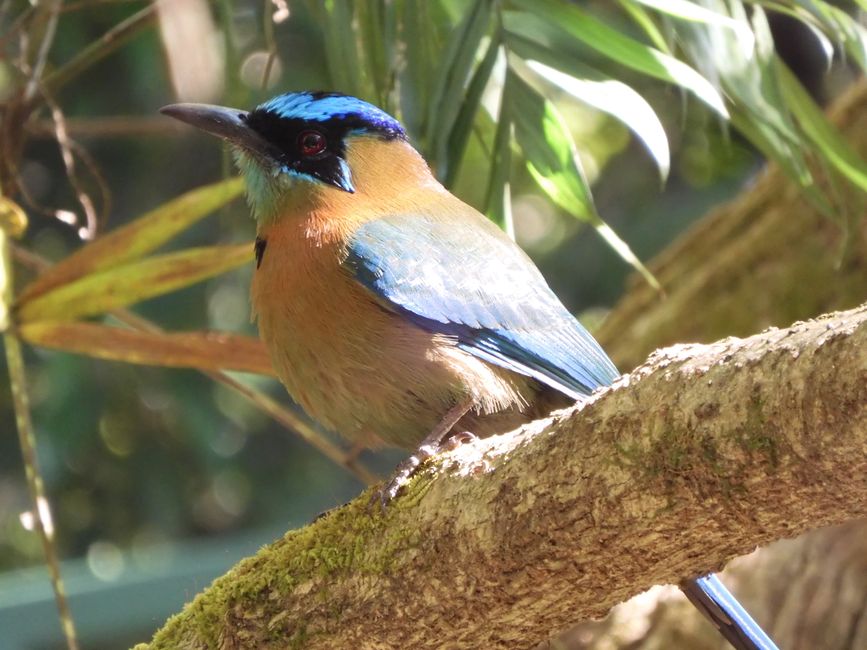
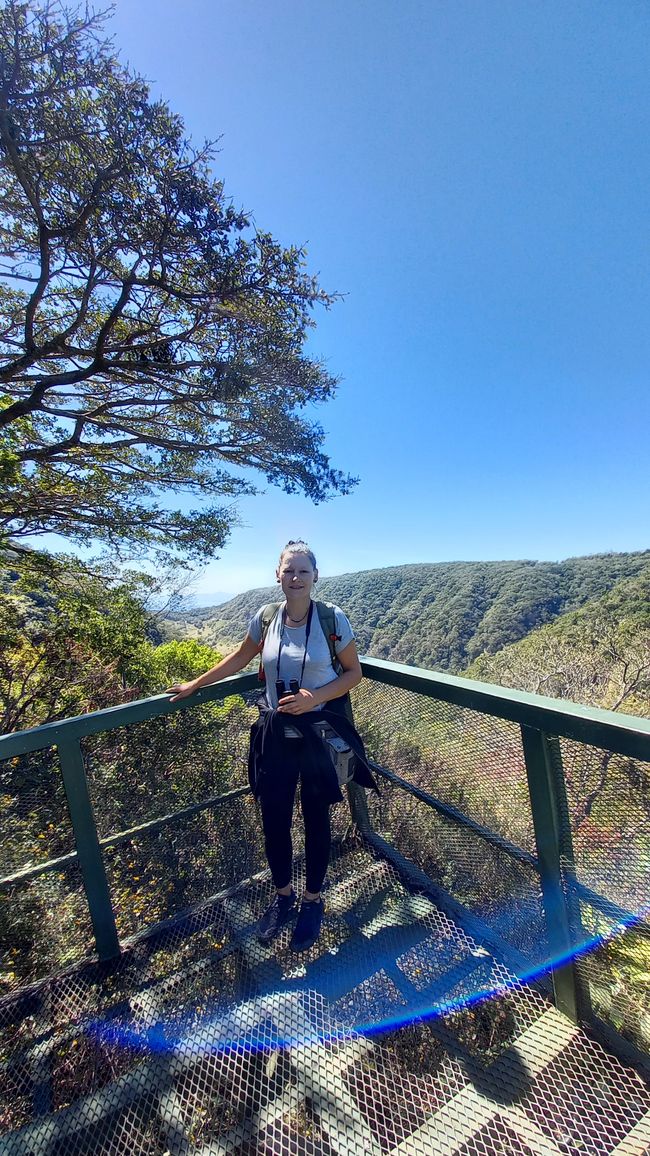
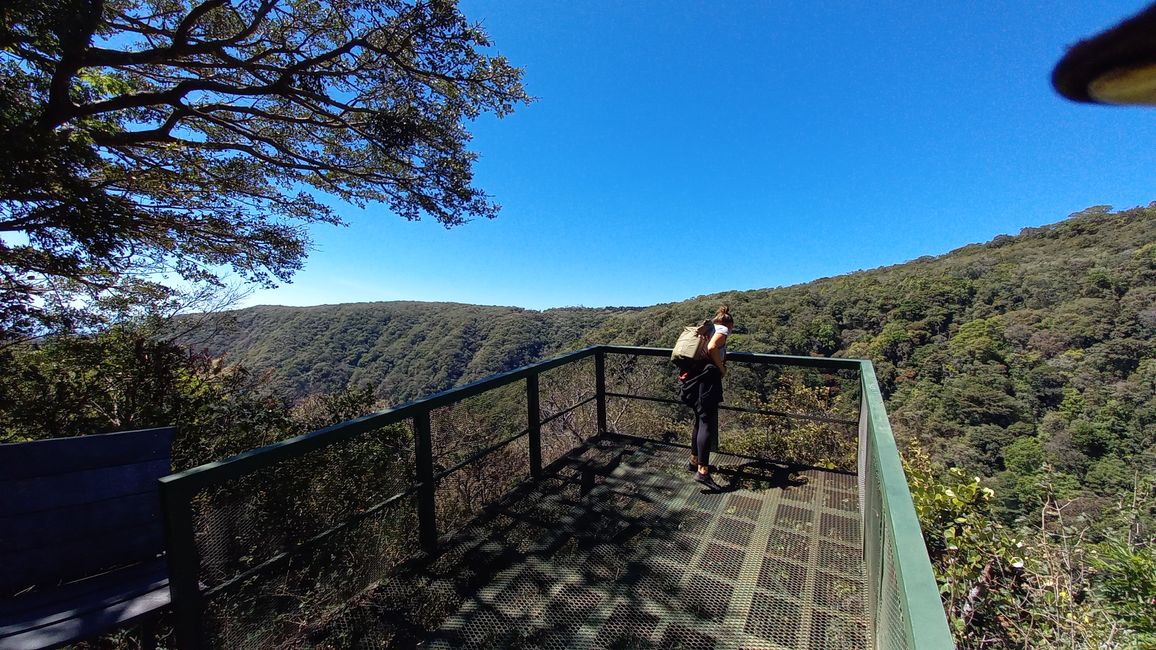
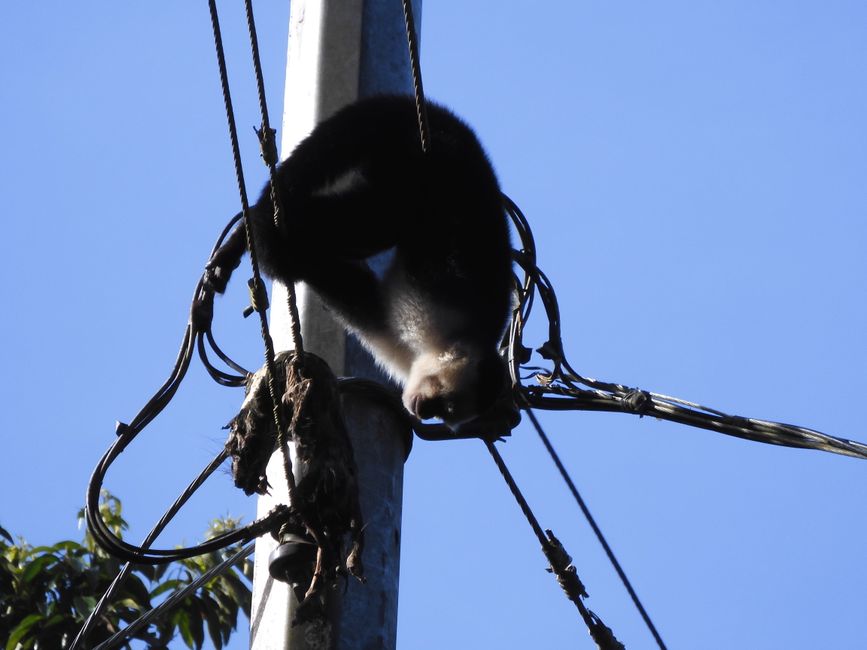
Jiandikishe kwa Jarida
First of all, the most beautiful bird in the world is not the Quetzal. Although I was lucky enough to see one. And the coolest bird in the world is definitely the Java Sparrow. But I fell in love with a beautiful bird called 'Motmot' here. But more on that later.
To get from La Fortuna to Monteverde, you have to take a bus to Lake Arenal, then cross the lake by boat and then continue by bus. Or you can go around the lake, but that would take forever for the theoretically short distance. But in Costa Rica, many things are well-organized, so there are direct offers called Jeep-Boat-Jeep. Although you ride a bus, not a jeep. So I was picked up from the hotel in La Fortuna and dropped off at my hotel in Monteverde or Santa Elena. For $25 or so.

Monteverde is located in the central highlands of Costa Rica. Therefore, it is only moderately warm there and can get quite chilly at night. In the first few days, it was even stormy and the weather changed from drizzle to sun to drizzle. At least I could finally wear my long clothes that I otherwise carry around uselessly. In the meantime, I even wore 3 layers, not counting the shirt. Since I was a bit clueless as always, I let myself be inspired by the map of the region created especially for tourists, which highlights the highlights of the region. And I got some good tips from Sarina. Thanks again for that! Most tourists stay in the small town of Santa Elena, from where you can reach everything quite well. There are even shuttle buses now that regularly go to the most popular attractions and cost only $6 for round trip.
To start with something easy, I booked a coffee tour for the next day. Since my hotel works directly with one of the many local coffee farmers, I chose them for my tour. I was picked up from the hotel in the morning and driven to the coffee farm with a group of Americans. We were given a tour of the farm and received a lot of information about the history, cultivation, and processing of coffee. The information about the processing was especially interesting. The different drying and roasting methods are crucial for the quality of the coffee, as well as the preparation.
I realized that I have not paid enough attention to coffee so far, even though I drink it daily. From now on, I will definitely pay attention to what coffee I buy. If you want to know more about it, feel free to ask me.








Since the bird life in the highlands is quite different from the coasts, I decided to do a birdwatching tour. Most of the time, I see many of the birds even without a guide, but on a guided tour, the guide knows where to look for or find the birds, and the chances of seeing rare species are much higher. Birdwatching tours are not necessarily the most popular attractions, which I cannot understand 😅 But considering that most tourists only stay in one place for one to three days, it is not surprising that most of them visit the main attractions. And besides the various hiking trails in national parks and protected areas, there are also coffee and cocoa tours, horse riding trips, butterfly farms, night tours, and adventure activities such as zip-lining and rafting. And if there is a beach nearby, there are also numerous activities in and on the water. But for me, searching for and observing new bird species and photographing them is the most exciting thing ever. That's why it was also good that on the birdwatching tour, there was only one more person besides me and the guide: Janet from Canada. At first, we had less luck, but after a while, we discovered one interesting species after another. Even a Motmot was among them. And although I crawled through the bushes for a while to see it, I couldn't find it anymore. But that shouldn't be my last Motmot. The tour lasted almost four hours and was absolutely worth it. Janet and I exchanged numbers and she invited me to visit her in Canada. But since Santa Elena is really small, we ran into each other a few more times, including at the Mexican restaurant called Taco Taco Taqueria, which wasn't the best around, but I hung out there often because it was not far from my hotel and offered the best spot in town to catch the sun.












Because of the cold and unpleasant and stormy weather, I felt quite paralyzed and had to motivate myself a lot to do something. But I really wanted to go to the Cloud Forest, which is basically the main attraction in Monteverde. There, you can also see the Quetzal with a bit of luck. Here is an excerpt from a text on the website costa-rica.com (Costa Rica Insider) about the Quetzal:
'The Quetzal, also called the bird of the gods, is certainly one of the most beautiful birds in Costa Rica. Its up to 80 cm long tail feathers and its shimmering green and red plumage are simply eye-catching! Thousands of years ago, the Aztecs and the Mayas already revered this unique bird and attributed lucky properties to it. Anyone who caught and killed a Quetzal was punished with death. And even today, many people are still searching for the bird of the gods and its luck. But if you want to find it, you have to penetrate into the fog forests in the highlands of Central America. Only up here in Costa Rica's dense and evergreen cloud forests can the Quetzal survive, as the humid air causes dead tree trunks to decay faster, allowing the Quetzal to easily establish its nesting cavity. Additionally, its main food, a small avocado about the size of a gooseberry, which it devours whole, grows here. Thus, it contributes to a large extent to the spread of this tree species. But unfortunately, the cloud forest is disappearing due to deforestation and the expansion of agricultural areas, so the Quetzal has hardly any untouched areas left. It is also still illegally hunted by poachers for its beautiful tail feathers. Therefore, it has been on the IUCN Red List since 2000. So if you want to observe a bird of the gods in Costa Rica, you have to be very lucky and be accompanied by a trained guide who knows where to find these shimmering birds.'
I was lucky and saw a Quetzal. But let's start from the beginning.
The night before, I had booked a shuttle that picked me up at the hotel in the morning and took me to the Cloud Forest. I was waiting with Andrea from Switzerland, and we teamed up to walk part of the trails in the park together. We hiked together for a while, but then separated because I wanted to wait for hummingbirds at a beautiful flower to take photos. She was also more athletic than I was. I sat on the trail for about an hour and stared at the flower. And since I didn't want to miss the brief moment when the hummingbirds drink the nectar of the flower, I hardly moved at all. At one point, my battery ran out, and I had to connect the camera to the power bank and quickly remove it when a hummingbird appeared. But I was able to take great photos. After that, my legs fell asleep, and it took a while until I could walk normally again. I walked a few other trails and discovered a group of people with a guide who were looking up into the treetops. And there it was: a Quetzal. I stood motionless for minutes, trying to take good photos from a distance. Some of the people around me had much higher-quality cameras, and their pictures were therefore much better. But I was able to take some quite nice photos. My mid-range camera surprised me once again that day.








The Cloud Forest is also impressive in terms of landscape...







I met Andrea again at some point, who happened to spot a Motmot. Unfortunately, it disappeared into the bushes shortly afterward. Since the last shuttle bus left at 4:00 pm at the park entrance, I had to hurry, but I still walked the trail to the waterfall, which was more like a trickle. It's the dry season after all.


At the bus stop, I saw Andrea again, who had actually walked all the trails. On the way back to Santa Elena, I saw a group of people with cameras standing at a fence and taking pictures in one direction. So I looked in the same direction. And there it was: a Turquoise-browed Motmot. I don't know how I could assess the situation so quickly, after all, we were just passing by on the bus. I didn't react fast enough, otherwise I could have gotten off there. And I also didn't know where we were anyway. But I marked the place on the map. Immediately after arriving at the hotel, I started running to find the spot. I've never run uphill so fast. Unfortunately, the Motmot was already gone, which was to be expected. I searched the area for a while but couldn't find it. This was the third time I saw a Motmot, but couldn't photograph it. Now I was hooked and really wanted to find, observe, and photograph a Motmot.
Since I was almost starving, I went to a nearby restaurant. There, I saw a dog waiting to get some food. It didn't seem very healthy and had an old injury on its leg, presumably. Usually, the street dogs here are healthy and agile, but I somehow felt sorry for this dog. On the way back, I saw it again and decided to quickly go to the supermarket and buy dog food. When I came back, it was still there, so I poured a decent portion in front of it and sat down next to it. However, after a while, it went away. Apparently, it wasn't that hungry after all.
In the hotel, the owner then told me that I was leaving the next day. But I had extended my stay for one more night with her colleague the day before. Apparently, she forgot to note it down, so there was no more available room. I was quite annoyed because I didn't feel like moving again. But I really wanted to visit another protected area and hadn't booked a shuttle to the next place yet. So I spontaneously booked some hotel nearby. Completely unnecessary stress. Luckily, the next day I could leave my belongings at the hotel and pick them up after the excursion. I had booked a shuttle again, just like before, to go to the Cloud Forest.
But this time, I was going to the 'Bosque Eterno de los Niños', translated as the 'Eternal Forest of the Children'. Since I find the history of the protected area very exciting, here's a brief excursion (Source: Website 'Kinderregenwald.de'): 'The Bosque Eterno de los Niños, or BEN for short, owes its existence to children who, in 1987, raised money to protect tropical rainforests after a lecture by a founding member of the 'Asociación Conservacionista de Monteverde (ACM)' (a non-profit Costa Rican nature conservation organization). After the establishment of the association "Kinderregenwald Deutschland e.V." in November 1990, the association transferred more than 200,000 euros to Monteverde by December 2020. Today, children, adults, schools, and other organizations from 44 countries participate in fundraising campaigns to enlarge and preserve the "Eternal Forest of the Children". It has been referred to as our 'First International Children's Rainforest' ever since. With an area of 23,000 hectares (as of December 2020), the 'Eternal Forest of the Children' is the largest private nature reserve in Costa Rica, with a constant effort to expand it. Six of Costa Rica's twelve climate zones can be found in the BEN. This is also the reason why the BEN is one of the most species-rich nature reserves on Earth.'
However, from Monteverde, you can only visit a small part of the BEN, namely the 'Bajo del Tigre Reserve', which covers an area of about 29 hectares. When I arrived there, it seemed that I was the only visitor, even though it was already after 10 am. The woman at the entrance explained everything about the park to me in detail, in Spanish. Although she also spoke English, I wanted to hear it in Spanish to learn. And I understood almost everything. I also received a small information booklet in German, and then I was released into the wild. But I didn't get very far. Because right next to the small office, I discovered...drumroll...a MOTMOT 😍 She probably also thought I was crazy because I immediately walked up to her and told her that there was a Motmot. I was very excited. I took several pictures and was overjoyed. Later, I saw another one in the park and another one at the exit. At the entrance, I also spotted 2 Laughing Falcons, several Black Guans, and an Agouti.









The reserve itself is also beautiful and consists of primary and secondary forests. The various trails are quite short and easy to walk. The longest trail is called 'Sendero Jaguar', is one kilometer long, and leads downhill and then uphill through a primary forest. It was quite exhausting and also a bit scary because I was the only human being far and wide, and it felt like the end of the world. By the way, there are probably no Jaguars in this area of the BEN. I walked almost all the trails and also met two people at some point. About halfway through the area, there is a place where you can see Bellbirds if you're lucky. Just google it, this bird looks really amazing and makes an almost unreal sound. Although I walked around there for about an hour, I unfortunately couldn't spot or hear one. But I was still very happy with what I discovered there and I'm glad I decided to visit the reserve. I fell in love with the place a bit.






For the return trip, I was supposed to be picked up by the road at the BEN by the shuttle that left the Cloud Forest at 4:00 pm and was supposed to pass by me shortly afterward. I had some time left and tried to photograph hummingbirds again. I saw a few buses passing by, but none of the drivers looked in my direction or stopped. So after a while, I wrote to the bus company. They claimed that supposedly no one had been waiting by the road and that the bus was already in Santa Elena. I was really angry and had to walk a long way until I found a taxi. As I learned at the hotel, I wasn't the only one who was forgotten. Exhausted and hungry, I had to move to the new accommodation, which was better than expected. But since it was still extremely stormy, I could hardly sleep at night. The next morning, I was supposed to be picked up by another shuttle. I panicked after the bus was a few minutes late. No wonder after the experiences of the last few days. But fortunately, a bus eventually stopped in front of the hotel, on time, according to Costa Rican standards 😅
In the bus, I coincidentally met Janet again, with whom I had been on a birdwatching tour a few days earlier. Costa Rica is sometimes really like a small village. And so we headed towards the most famous national park in Costa Rica: Manuel Antonio.

As always, thank you for reading and greetings.
Jiandikishe kwa Jarida
Jibu
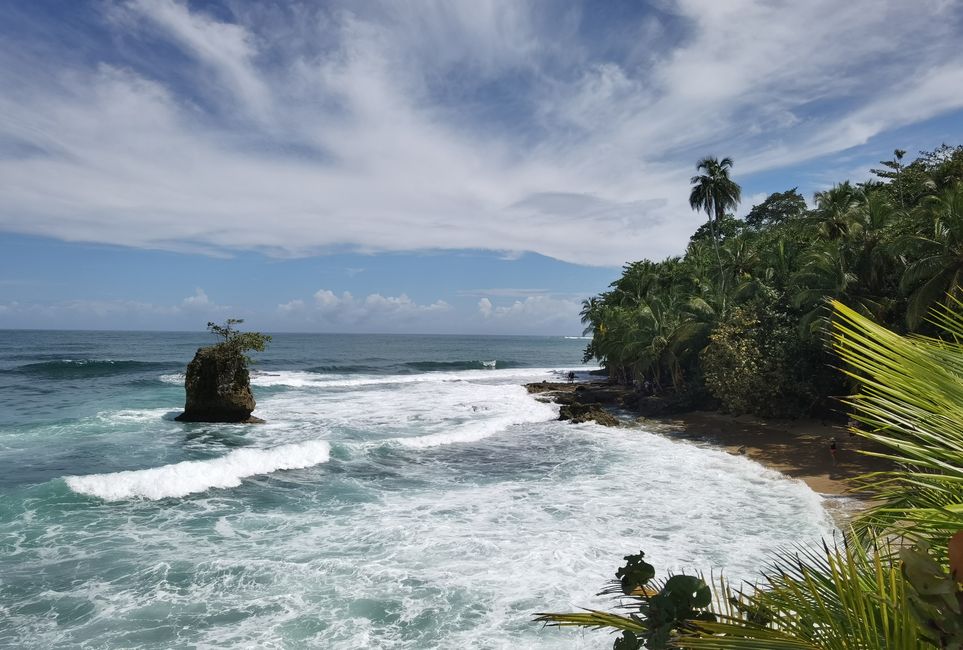
Ripoti za usafiri Kosta Rika
